![]()
After the furore and follies of construction comes a period of relative silence. There is no hammering, drilling, cutting, sanding, or welding; no grunting as steel is shackled to steel to bring the metal behemoths of bodybuilding, fitness, and exercise to life; no more scraping of skin, scratching of knees, or bumping and bruising of toes. The nights of coming home caked in building dust slide off the calendar, and the aches of assembling heavy machinery is slowly dissipating. Soon, the muscles shall welcome a different species of strain.
The tasks that remain are kinder to the body: arranging and organising, counting and calibrating, coding and codifying, cropping and colour grading, labelling and demarcating, certifying and archiving, spreading the word and watching it spread. The hum of the vacuum cleaner, the strokes of the polishing cloth, the squeak of the squeegee, the click-clacking of keyboard keys—these are the sounds that take over the space that was once a dream, the dream that became a site, the site that turned into a struggle, and the struggle that is now a gym.
What was made has been remade. The hard part, the dreamer thinks, is behind. If through is a place then this moment, surely, is as close as one can get to it.
The uninitiated would wait for the curtain to drop and the lights to come on. They would start making their way to the doors.
But: the stage lights change their hues; the performers do not come onto the stage to bow and take their applause because they are changing costumes and fixing their makeup; the audience stays seated. A new act is about to begin.
In some stories, the struggle is the prequel, the pebble that is the precursor to the landslide. To leave the theatre now is to miss the whole show.
Sometimes one arrives at their destination and realises the journey is about to start.
This is such a story.
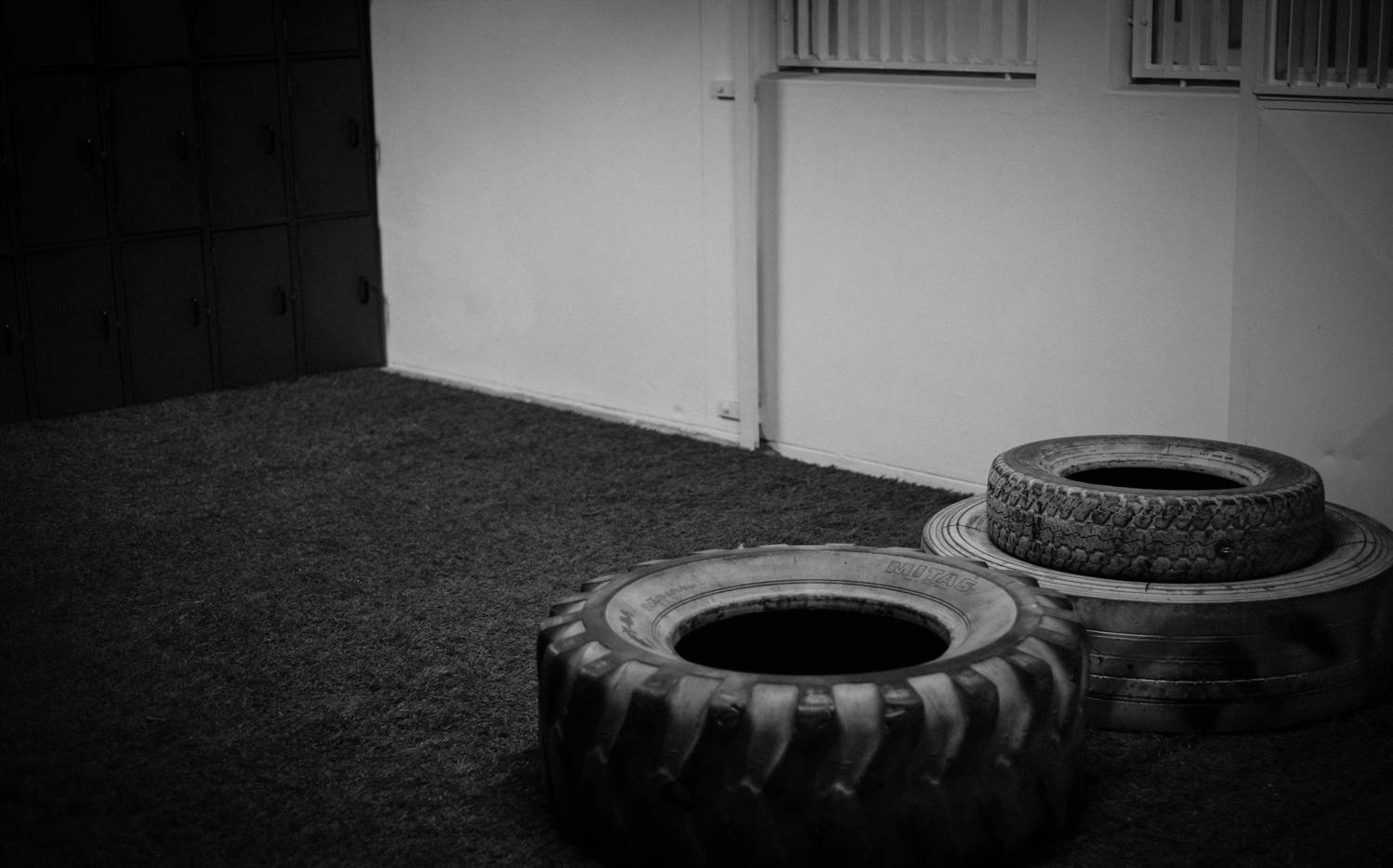

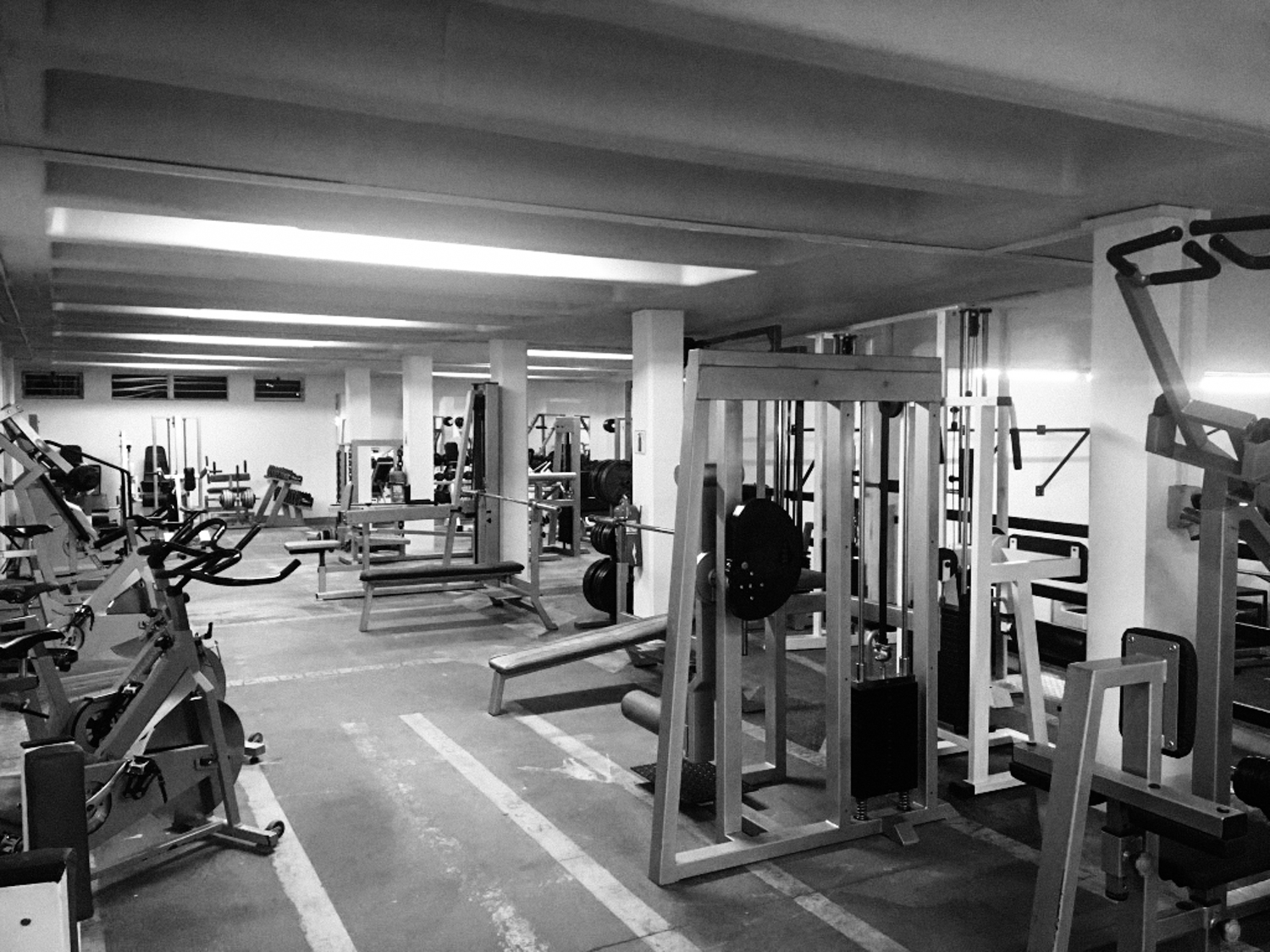
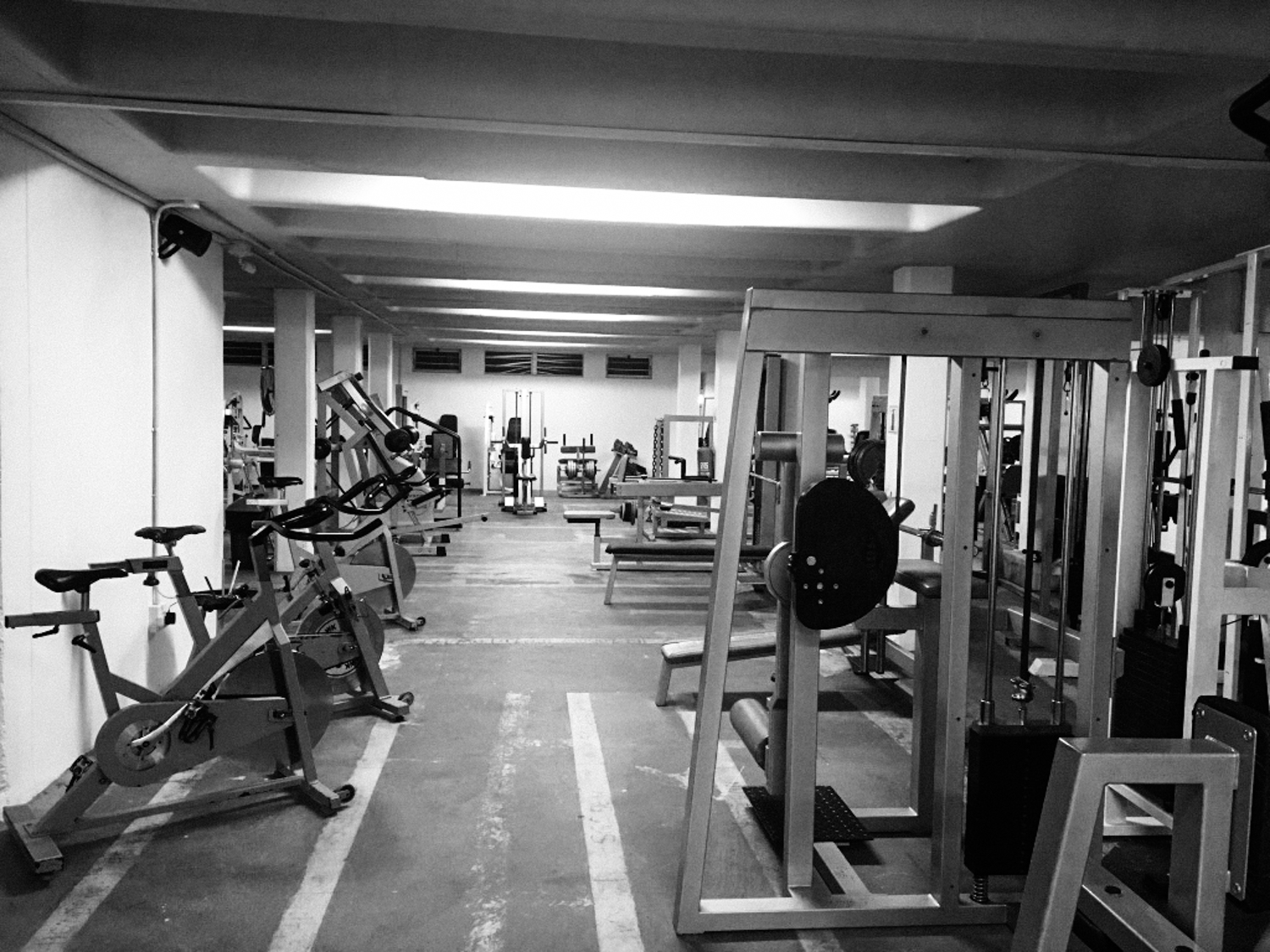
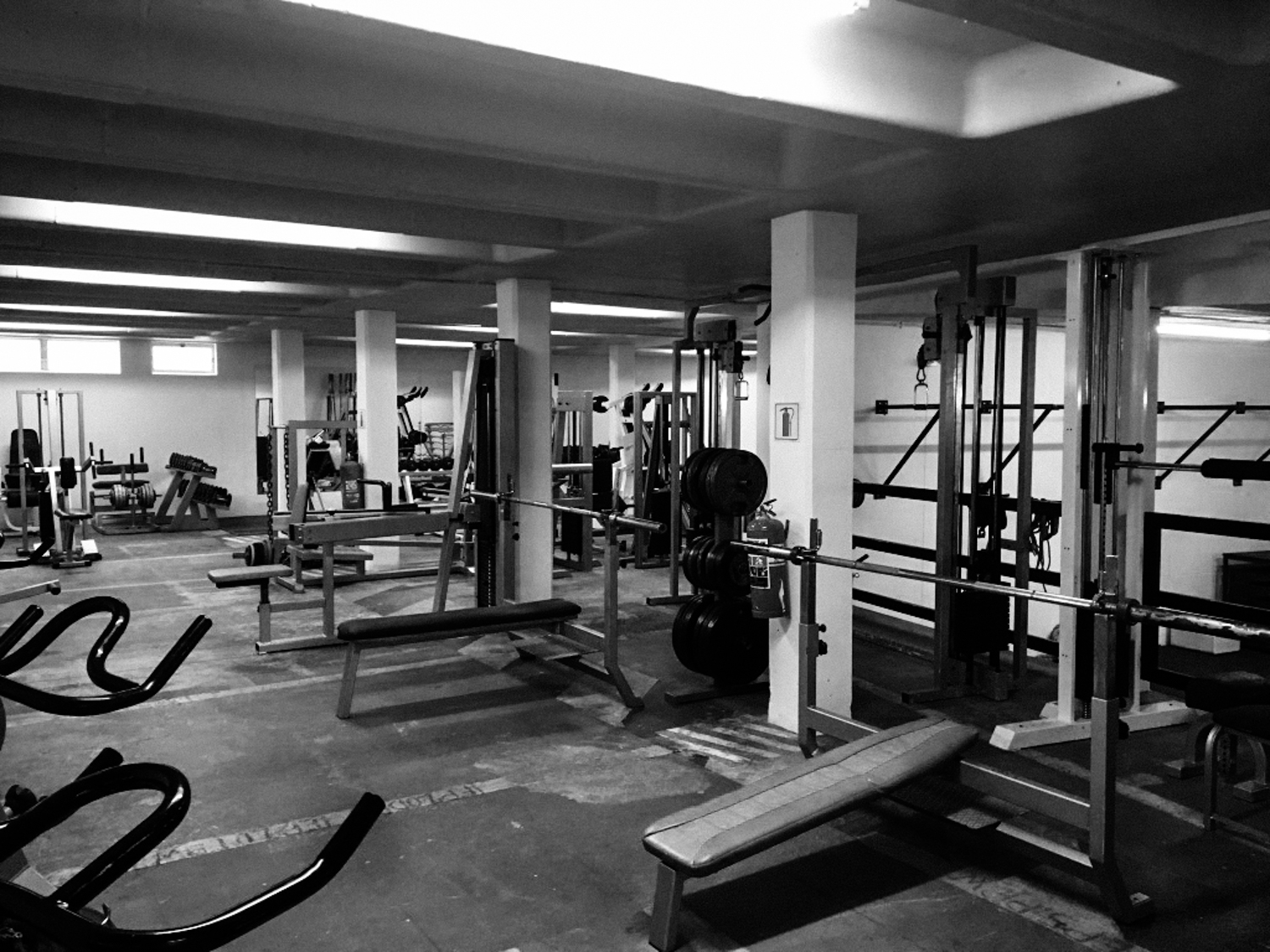
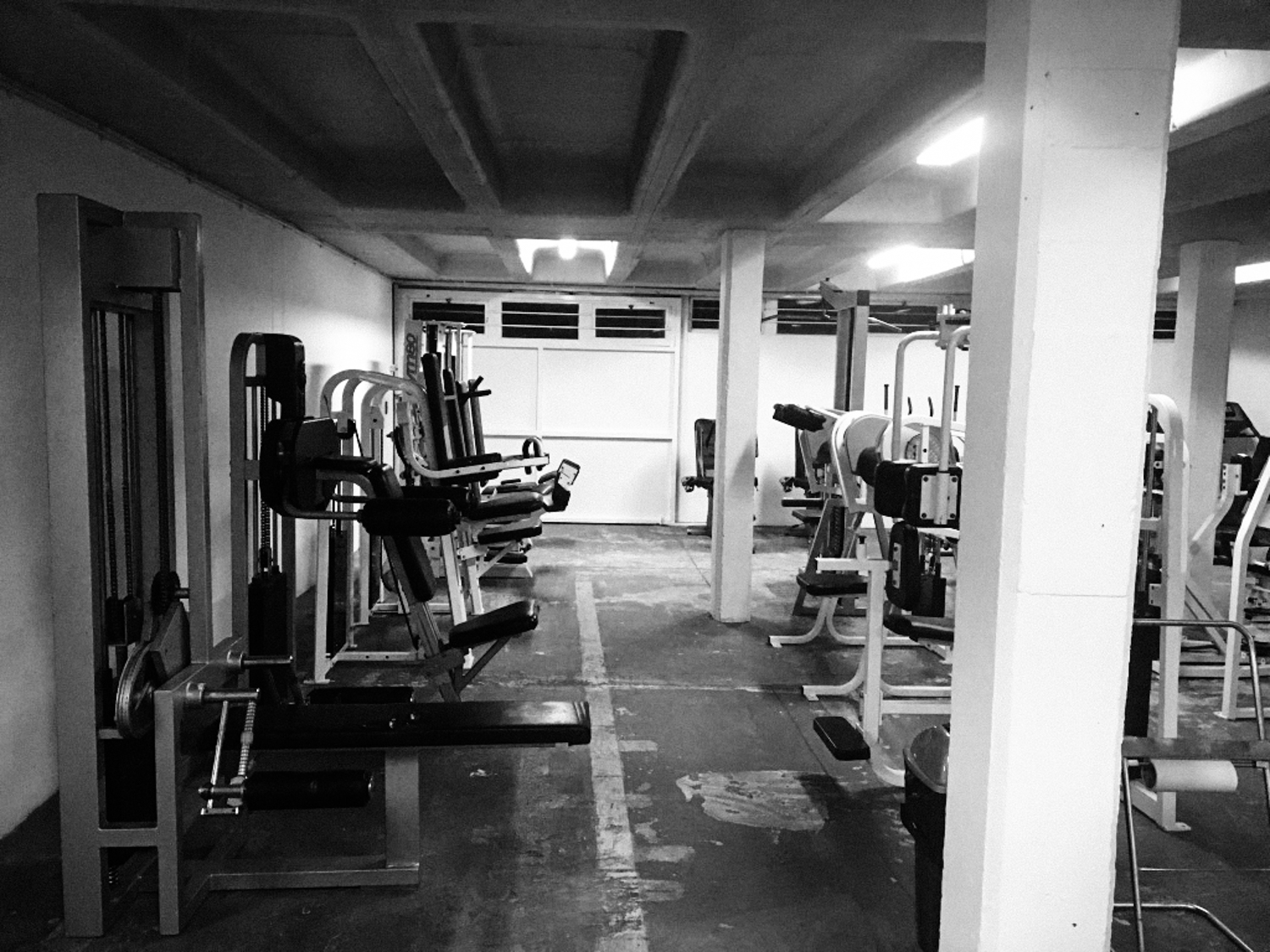
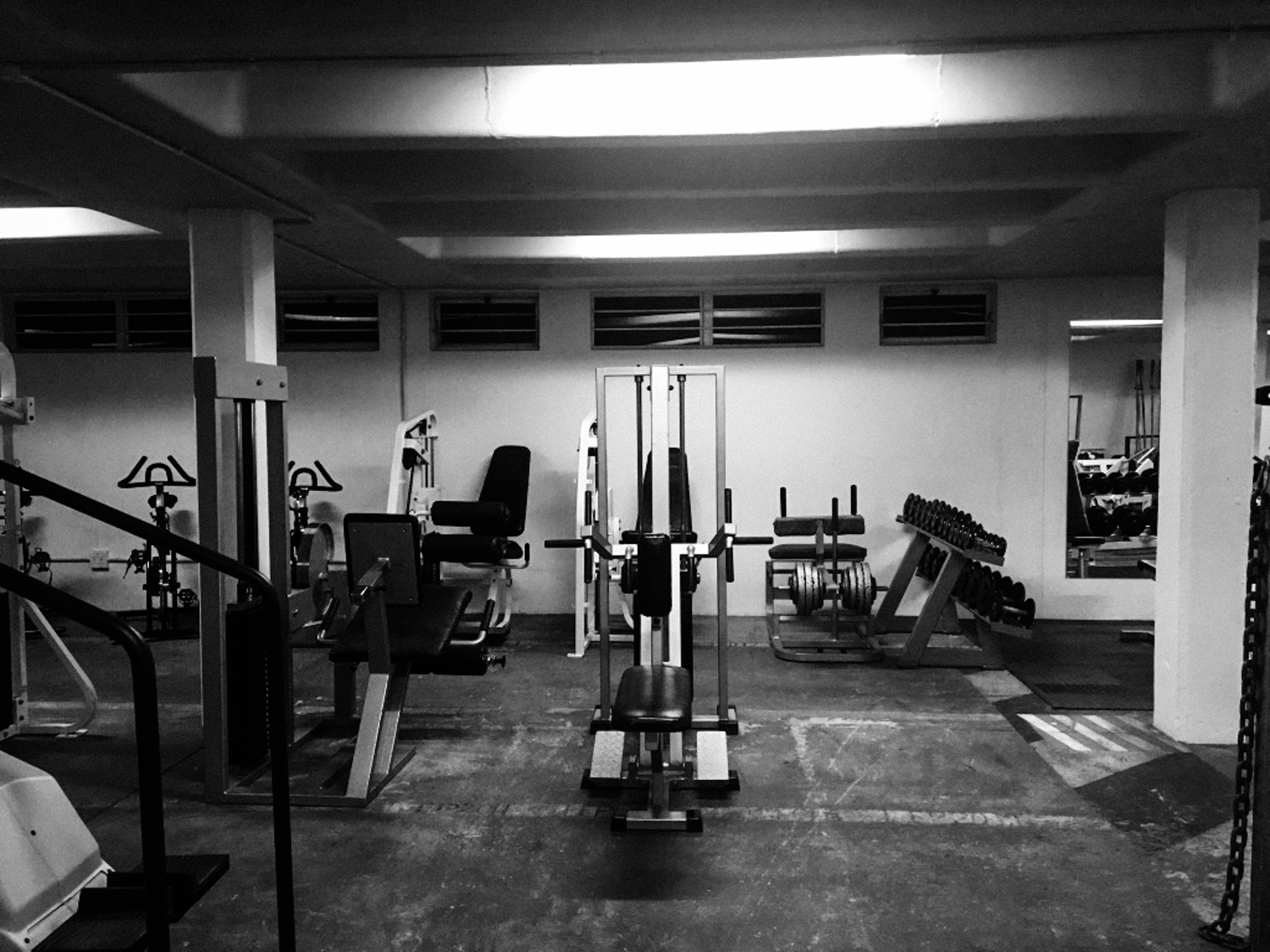
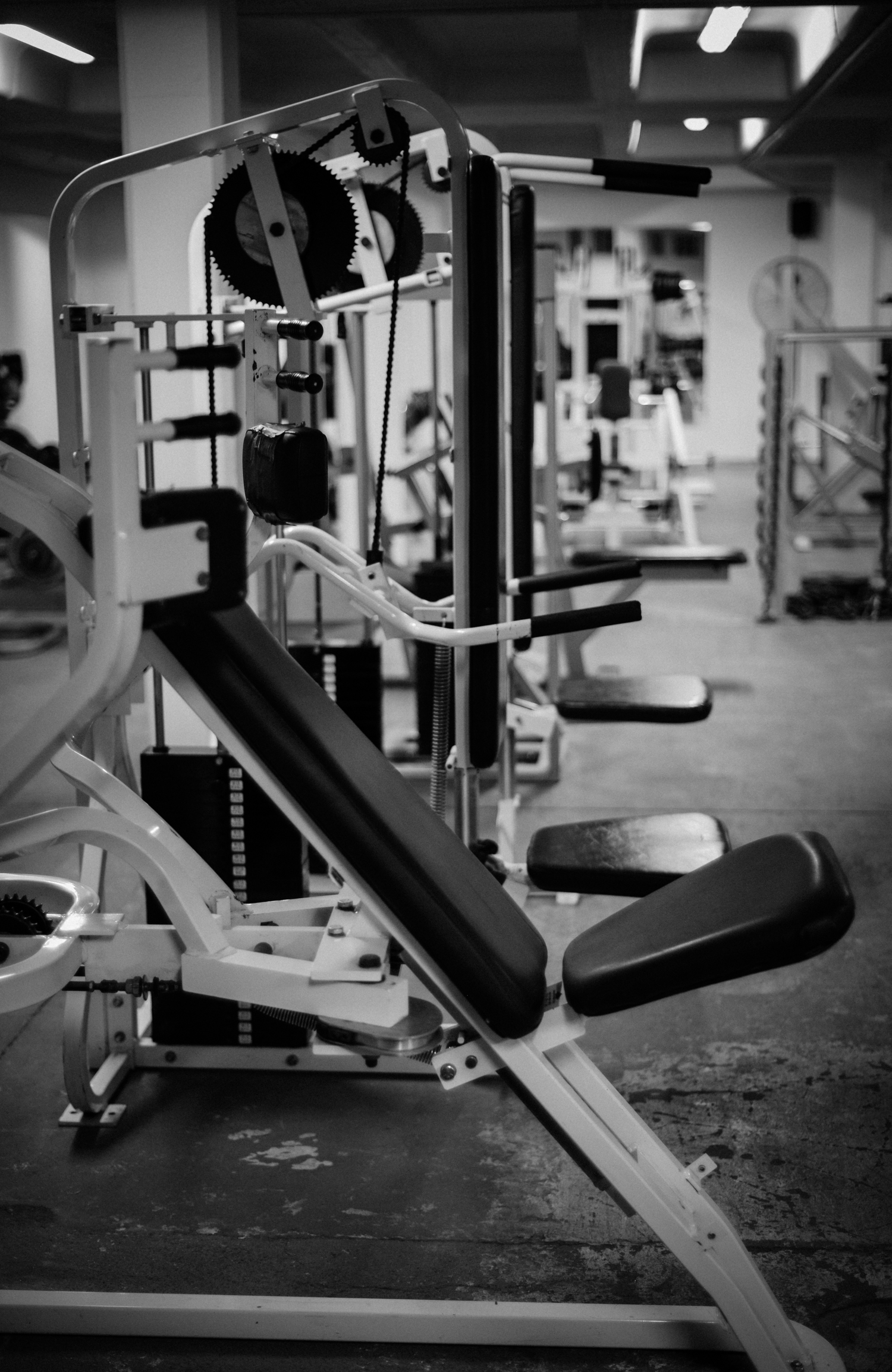

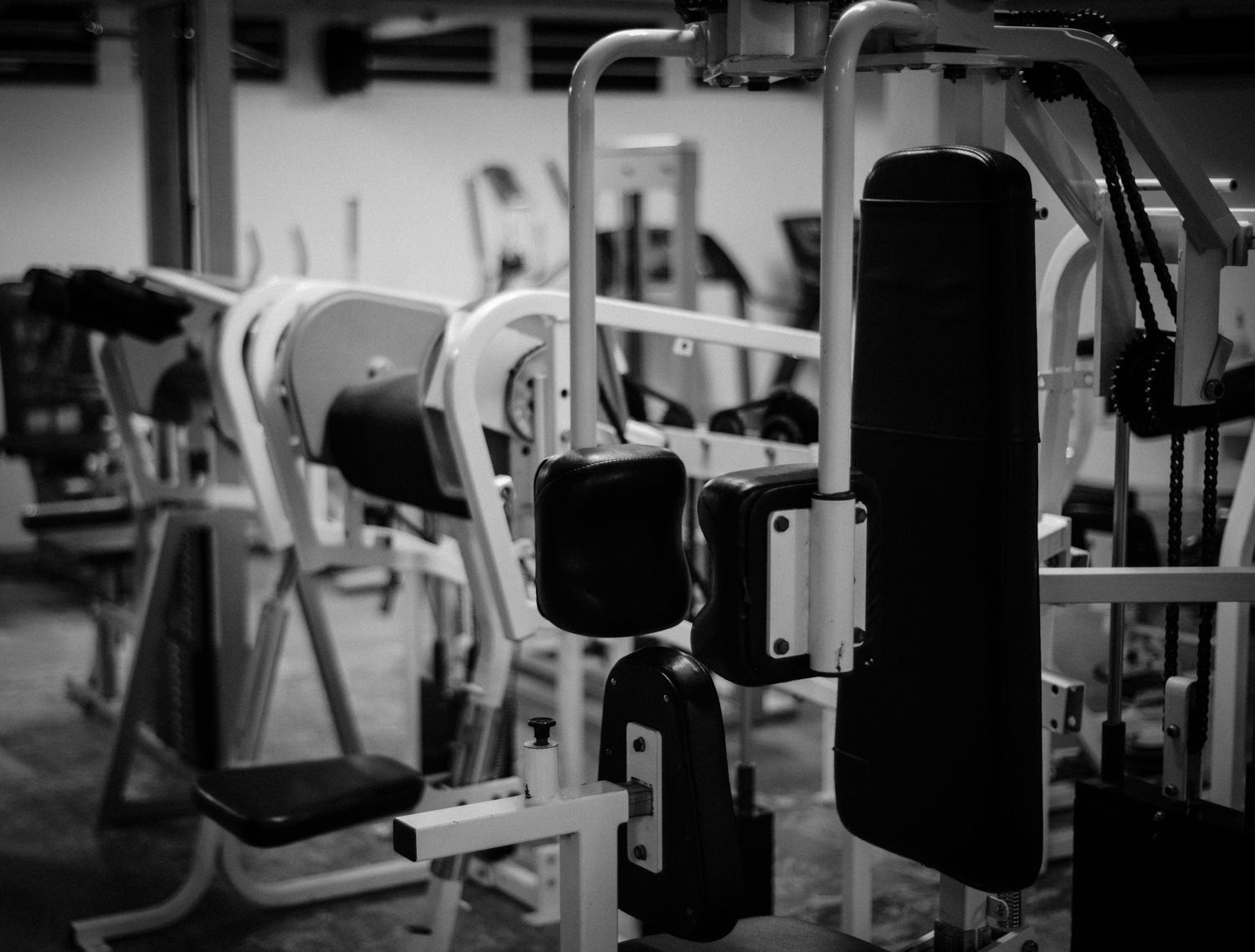

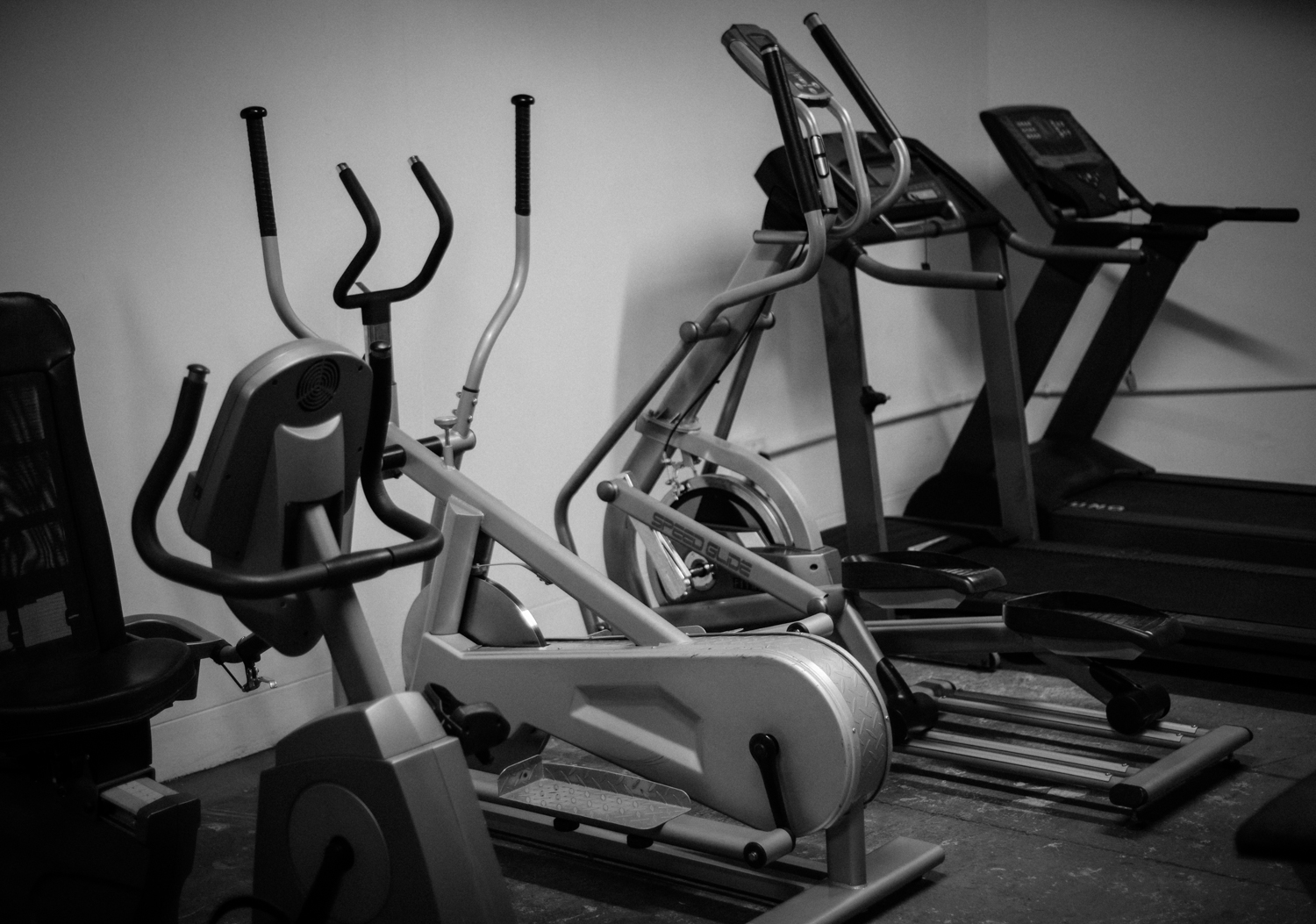
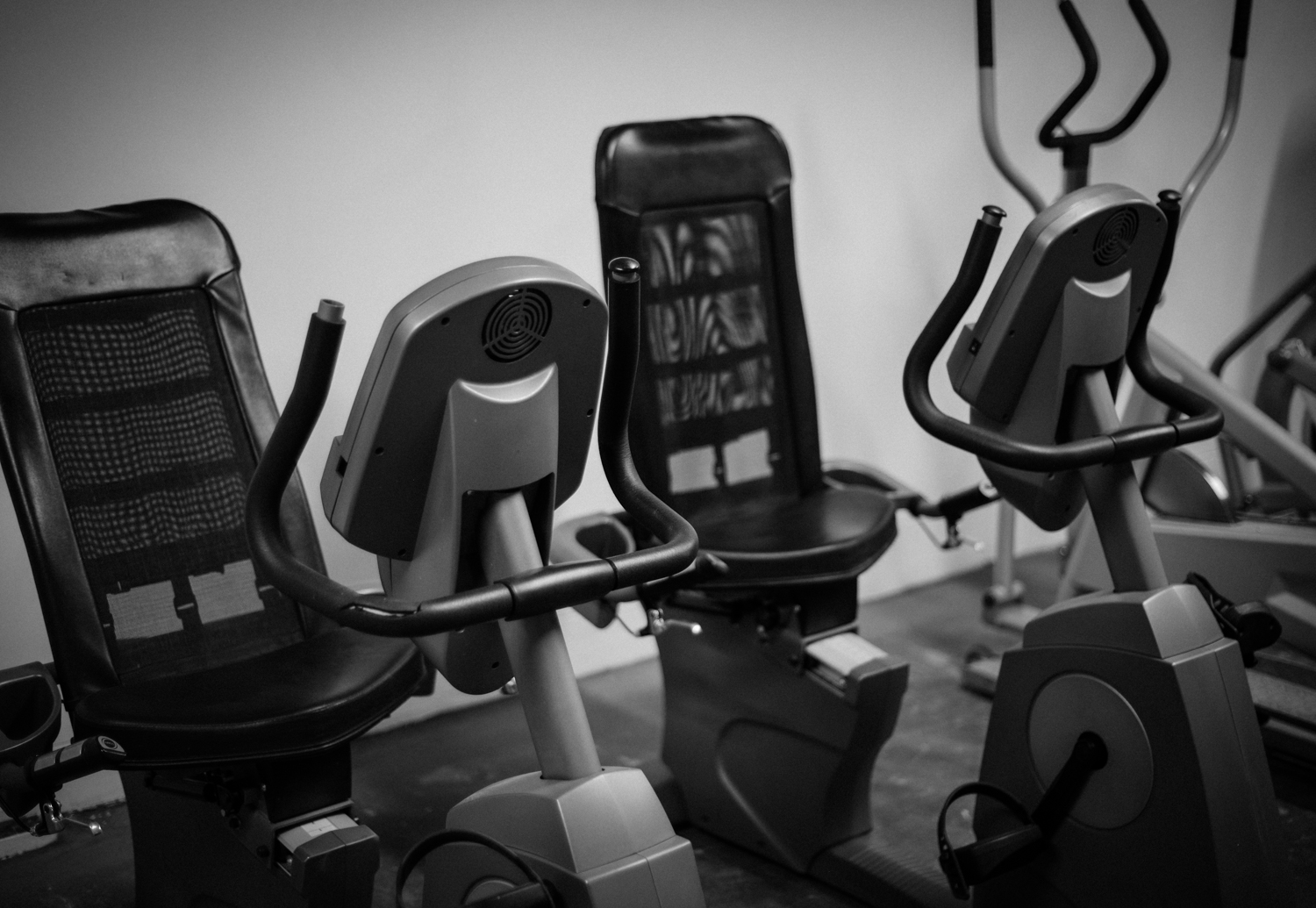
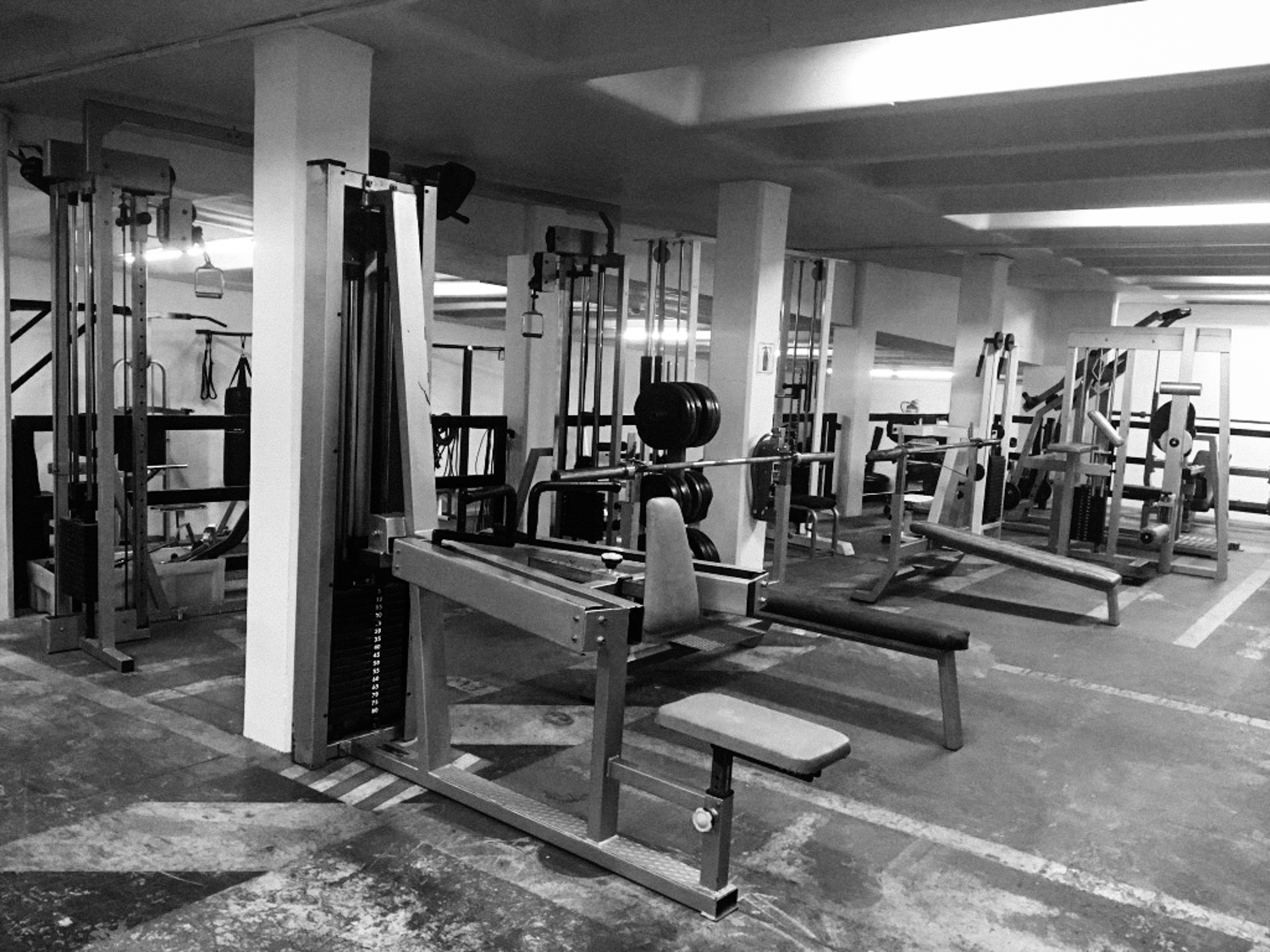


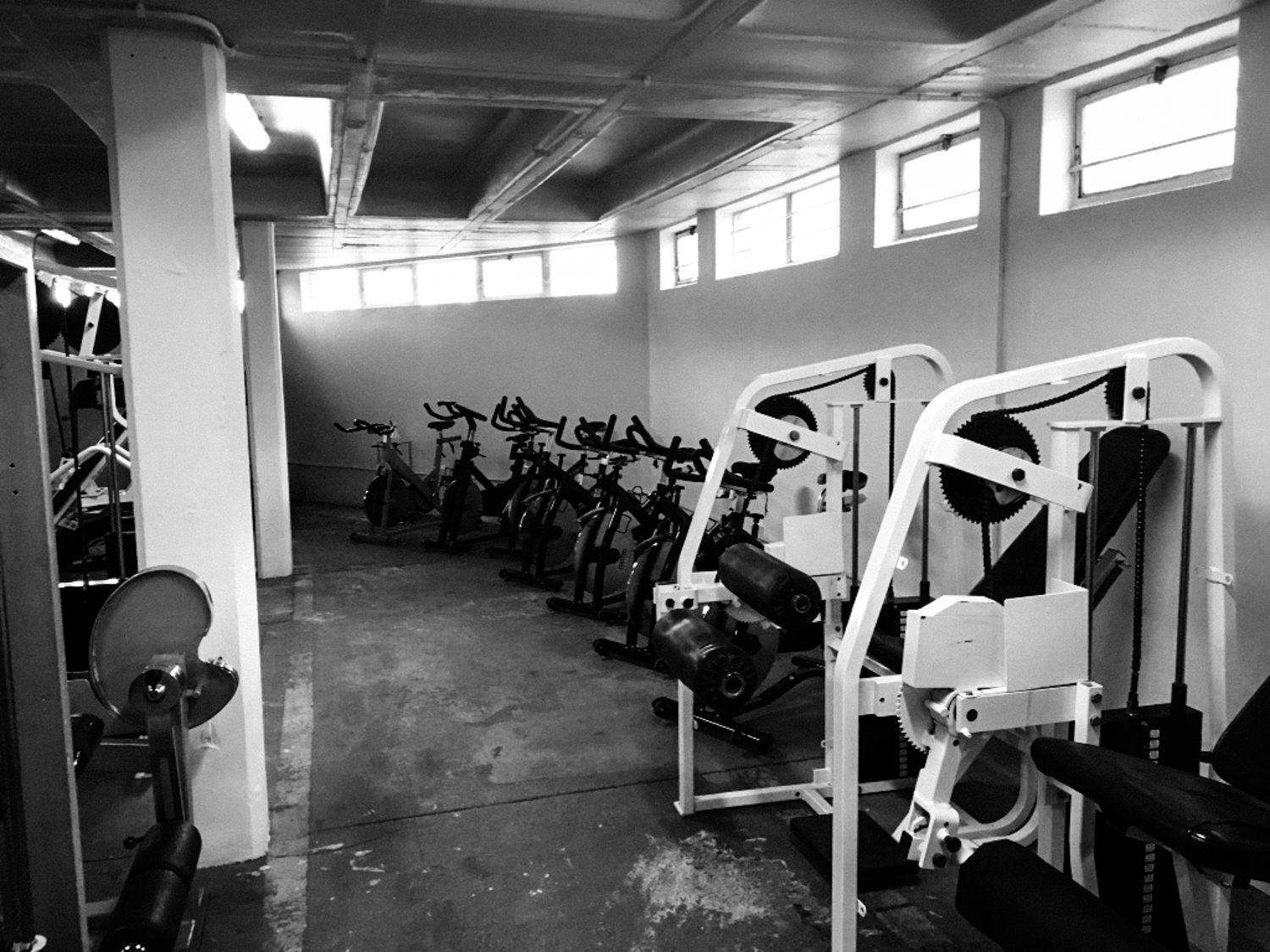
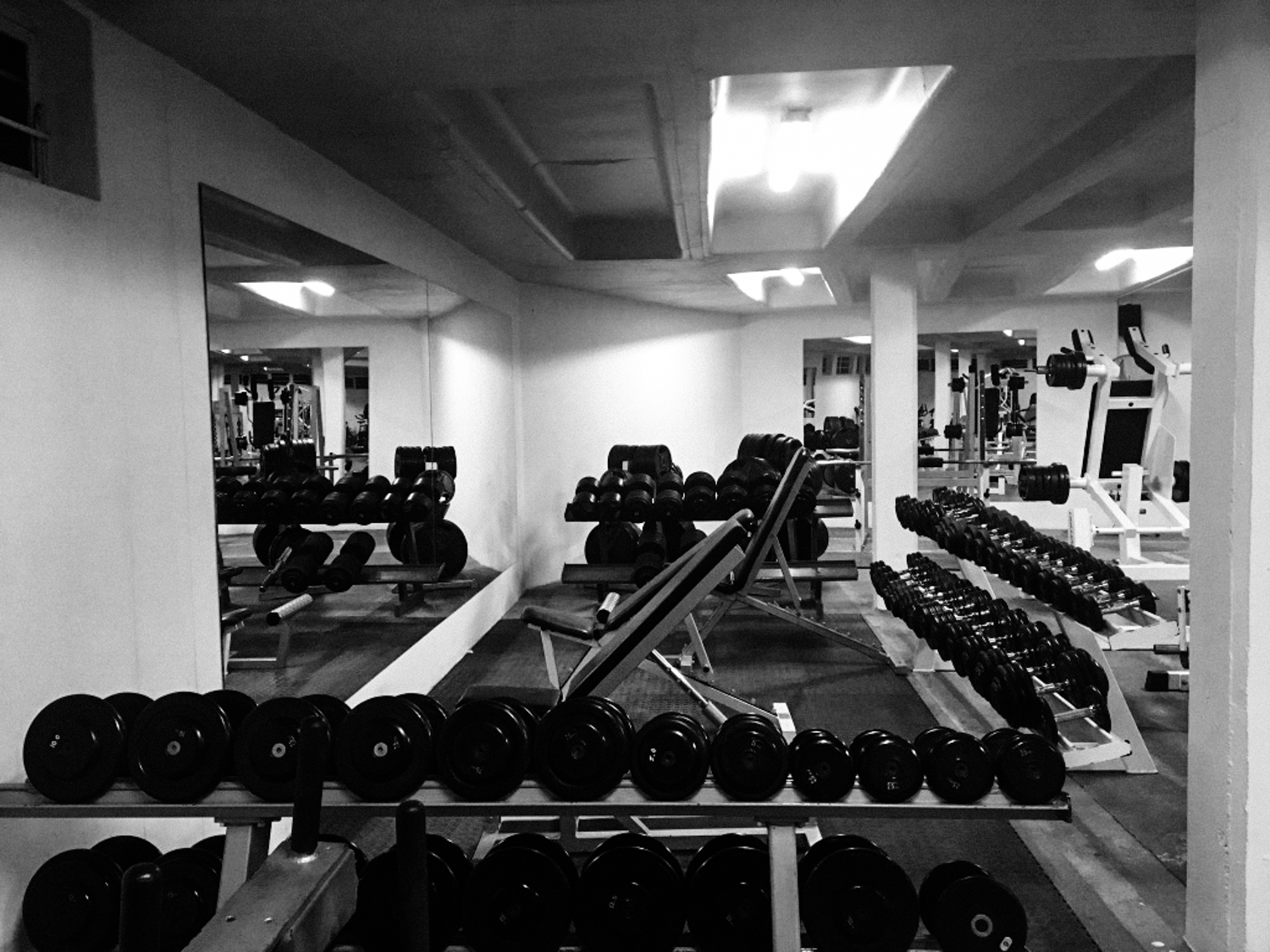
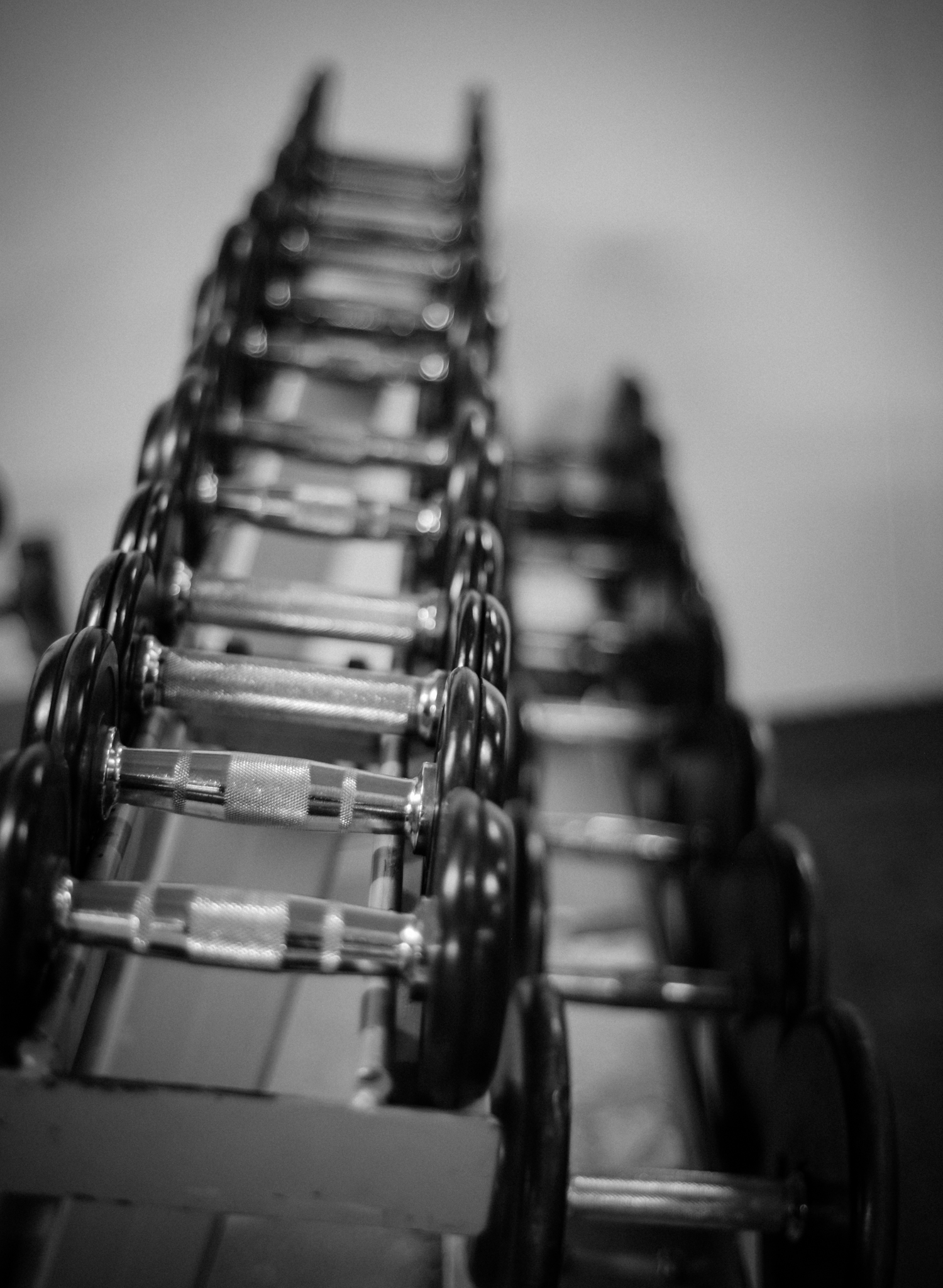
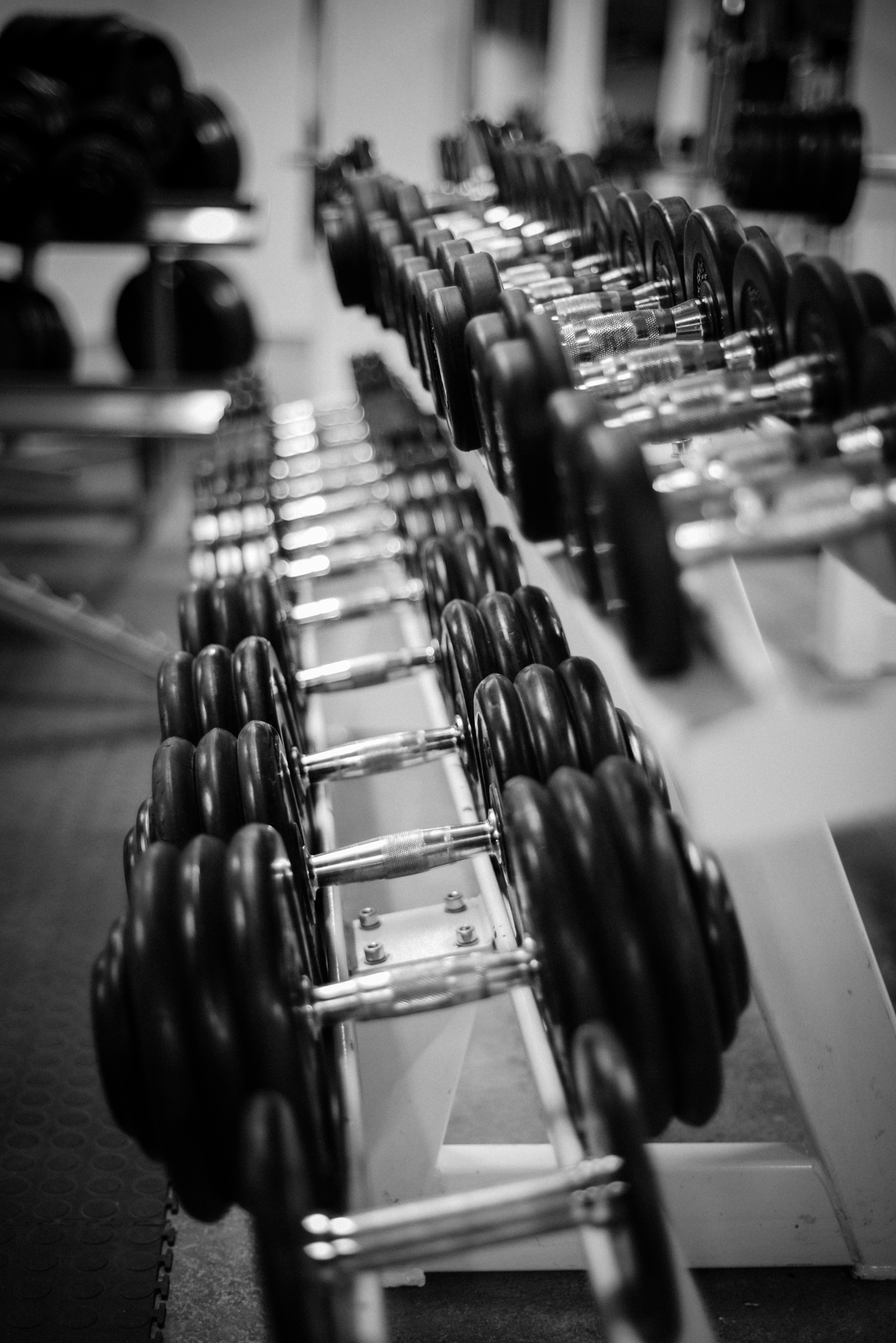
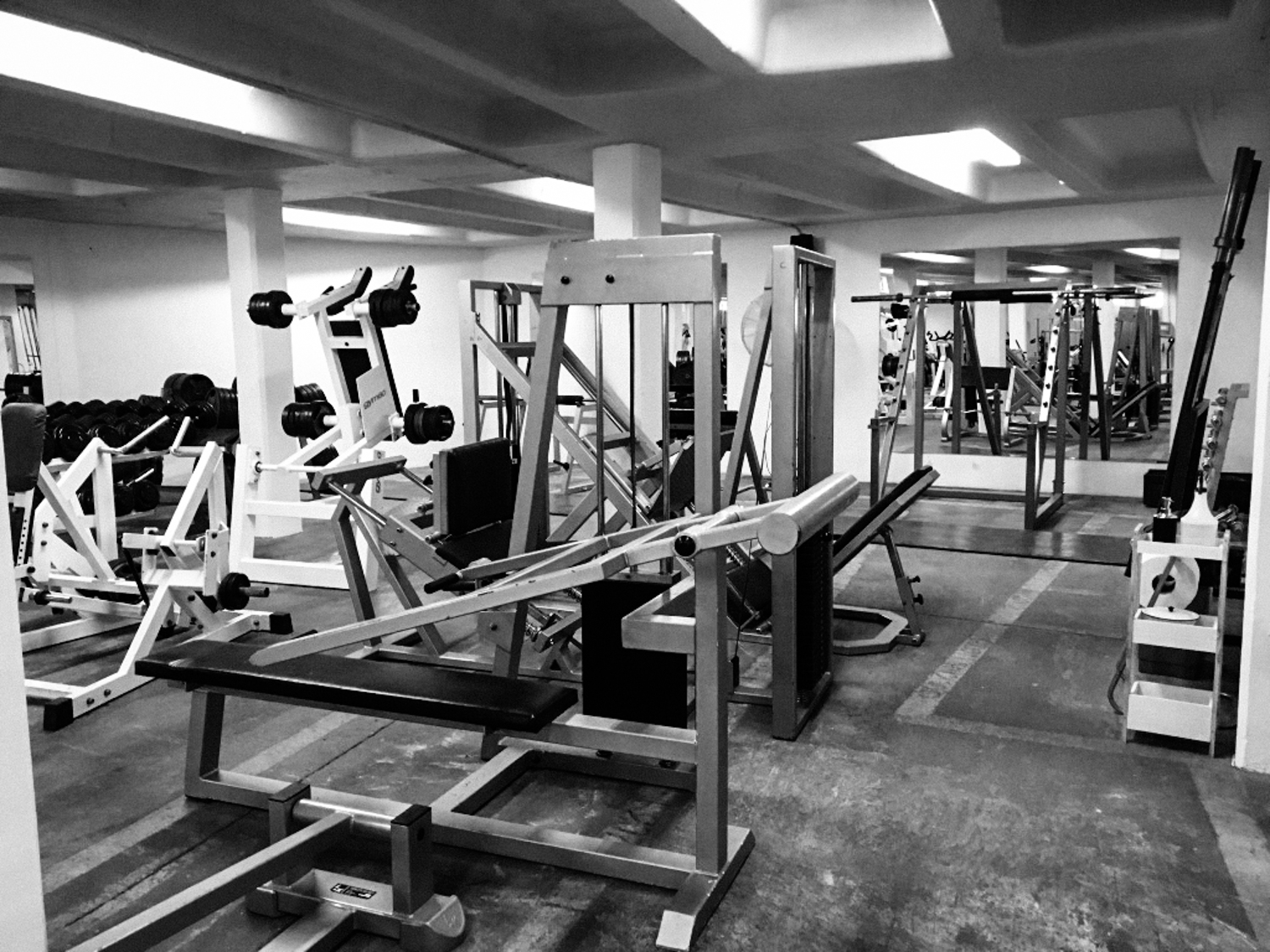
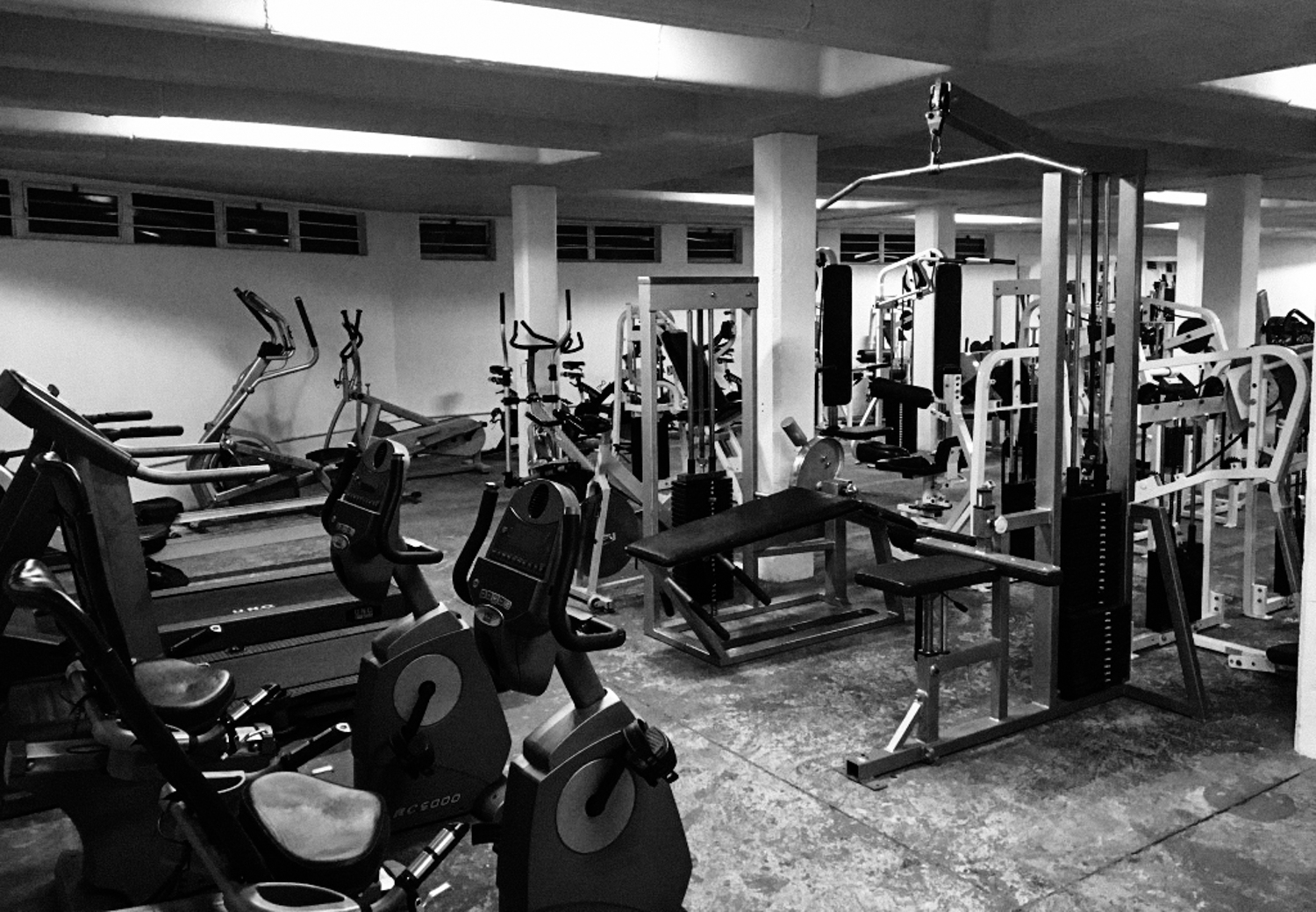



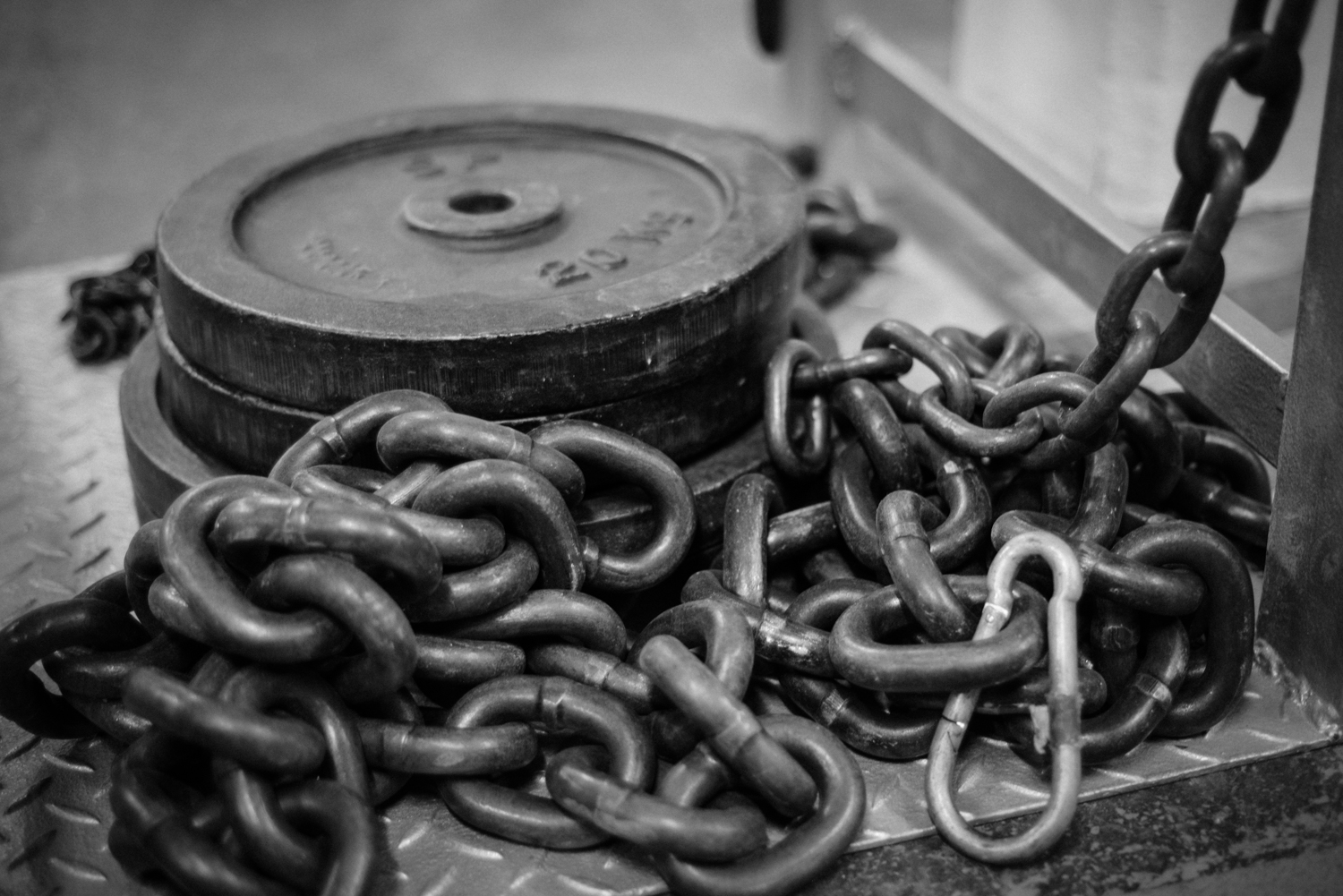
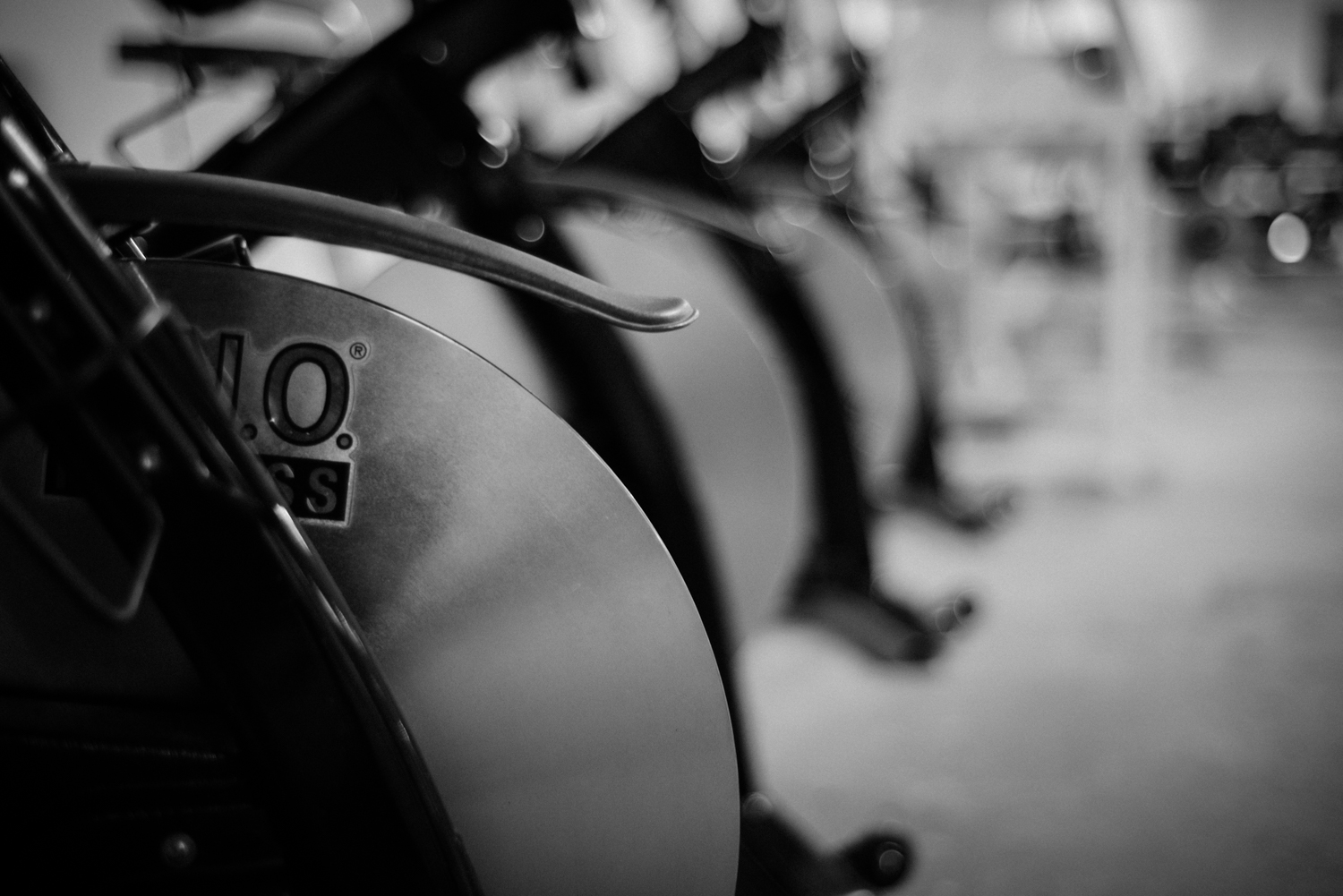
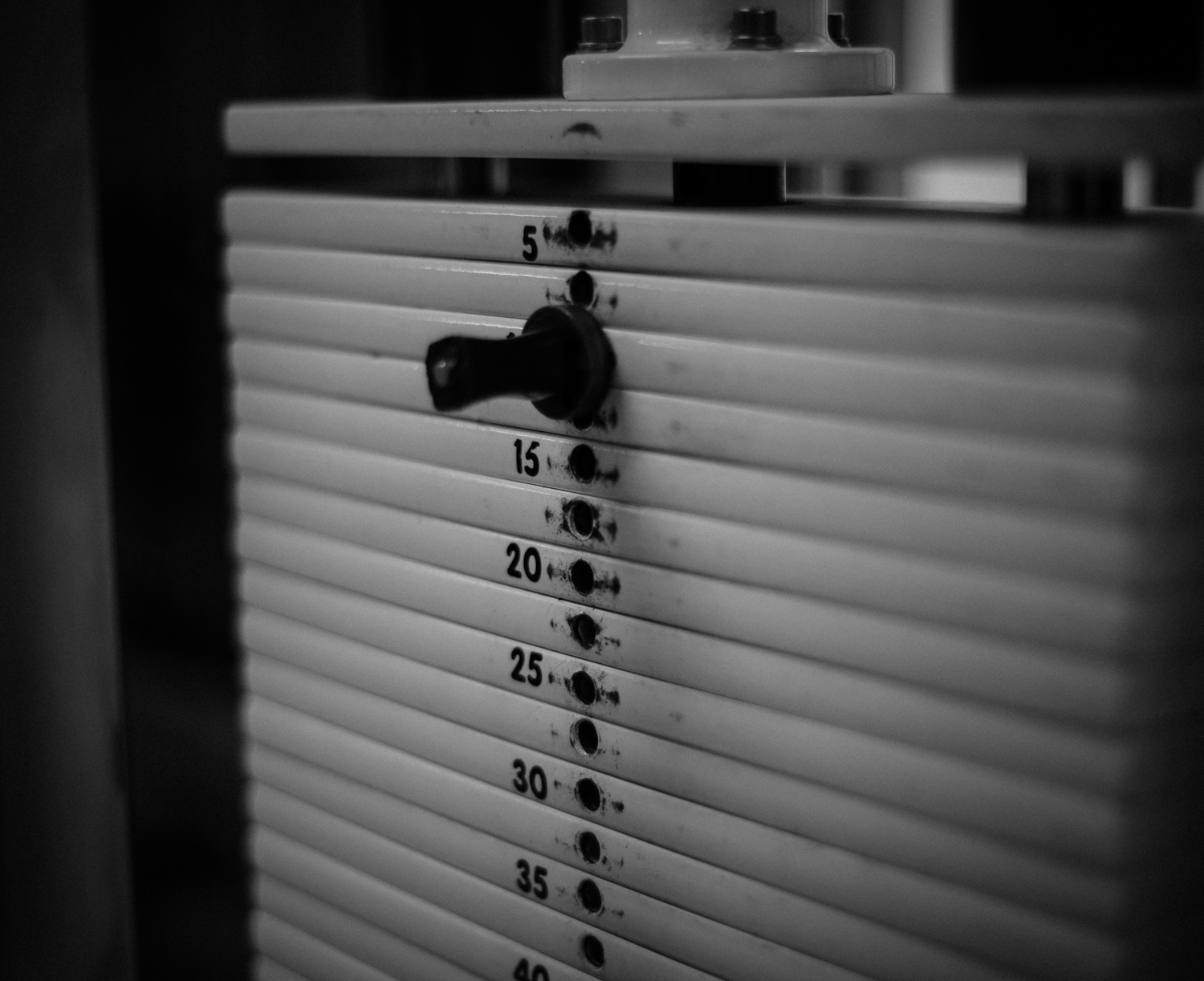
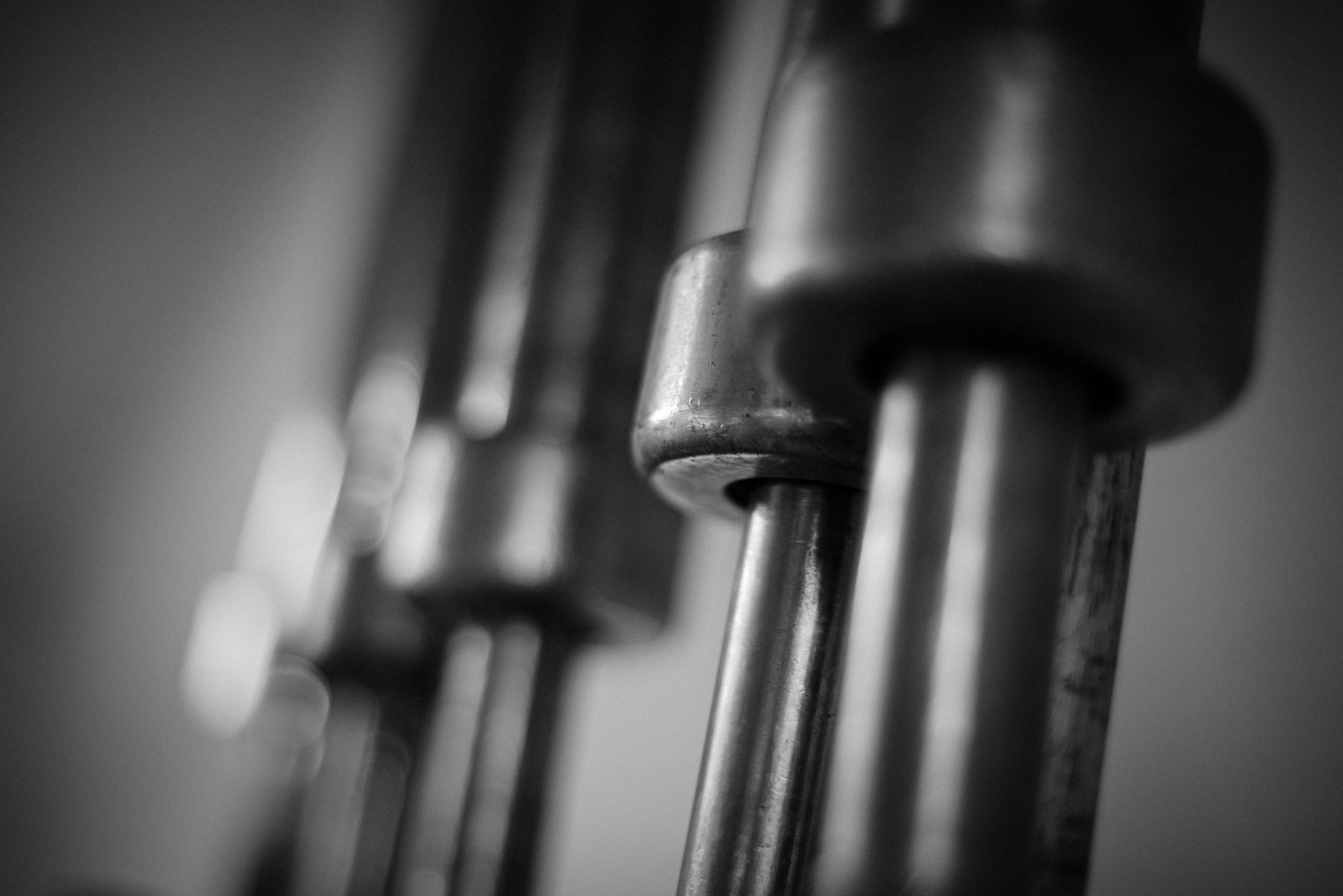
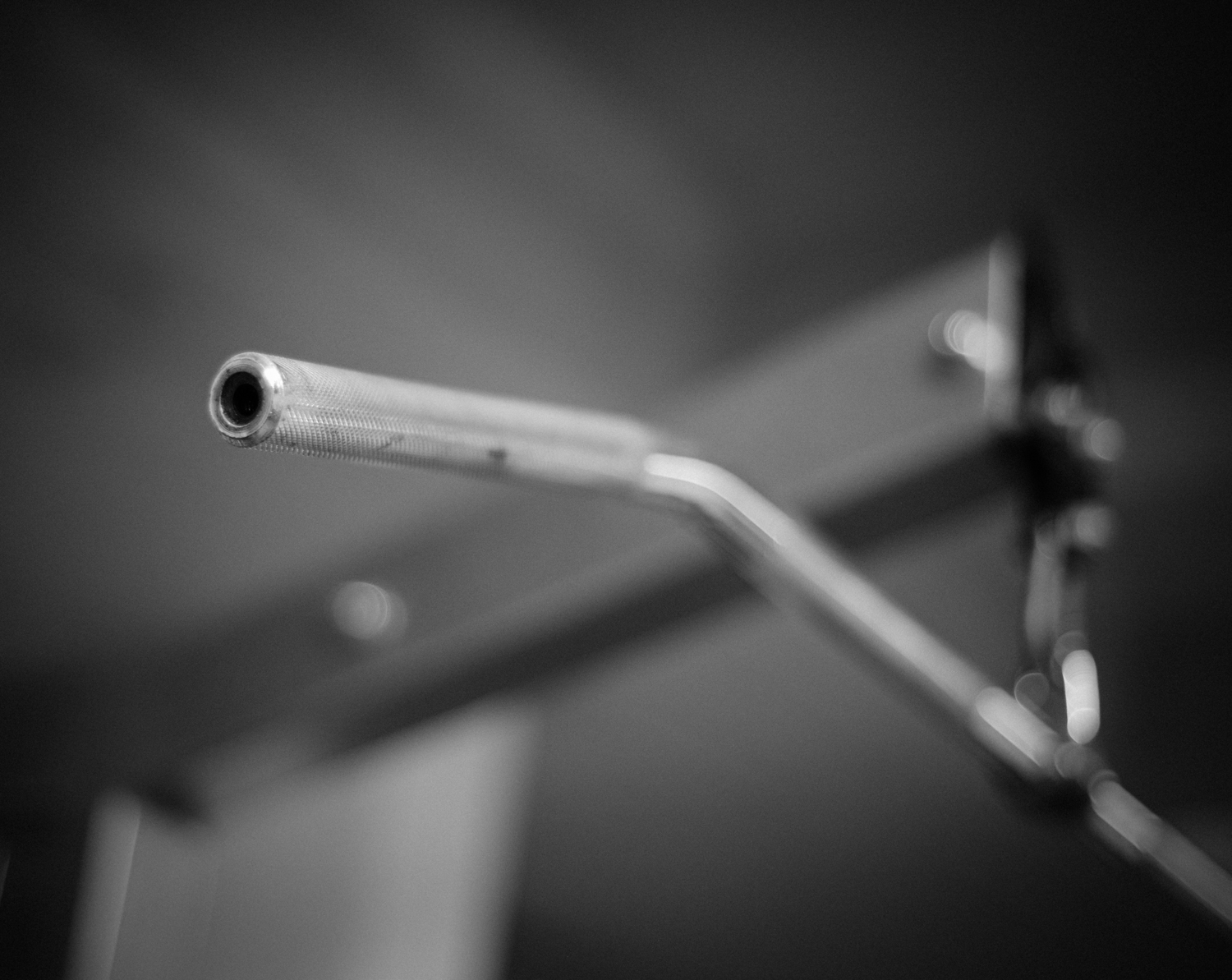
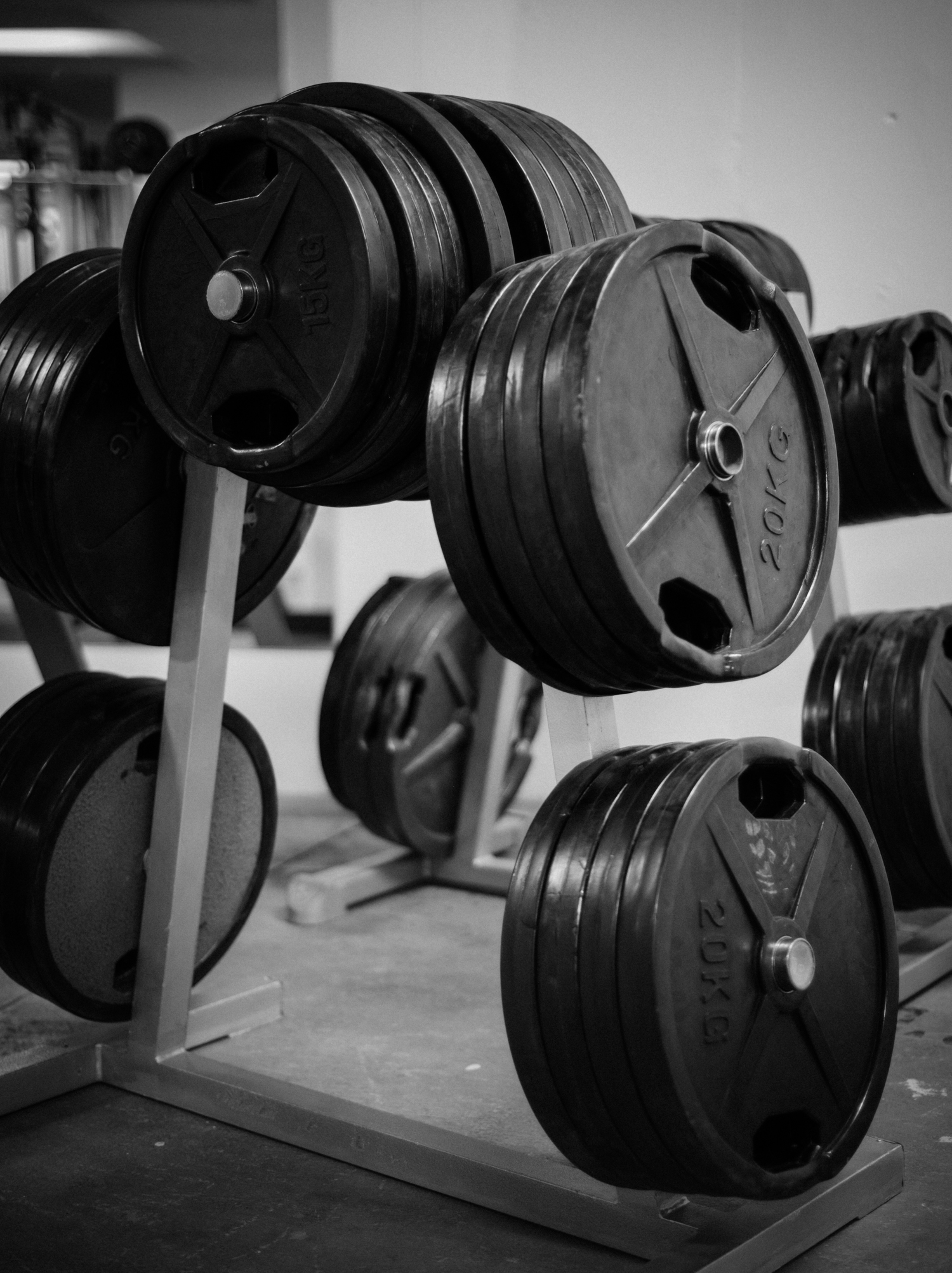
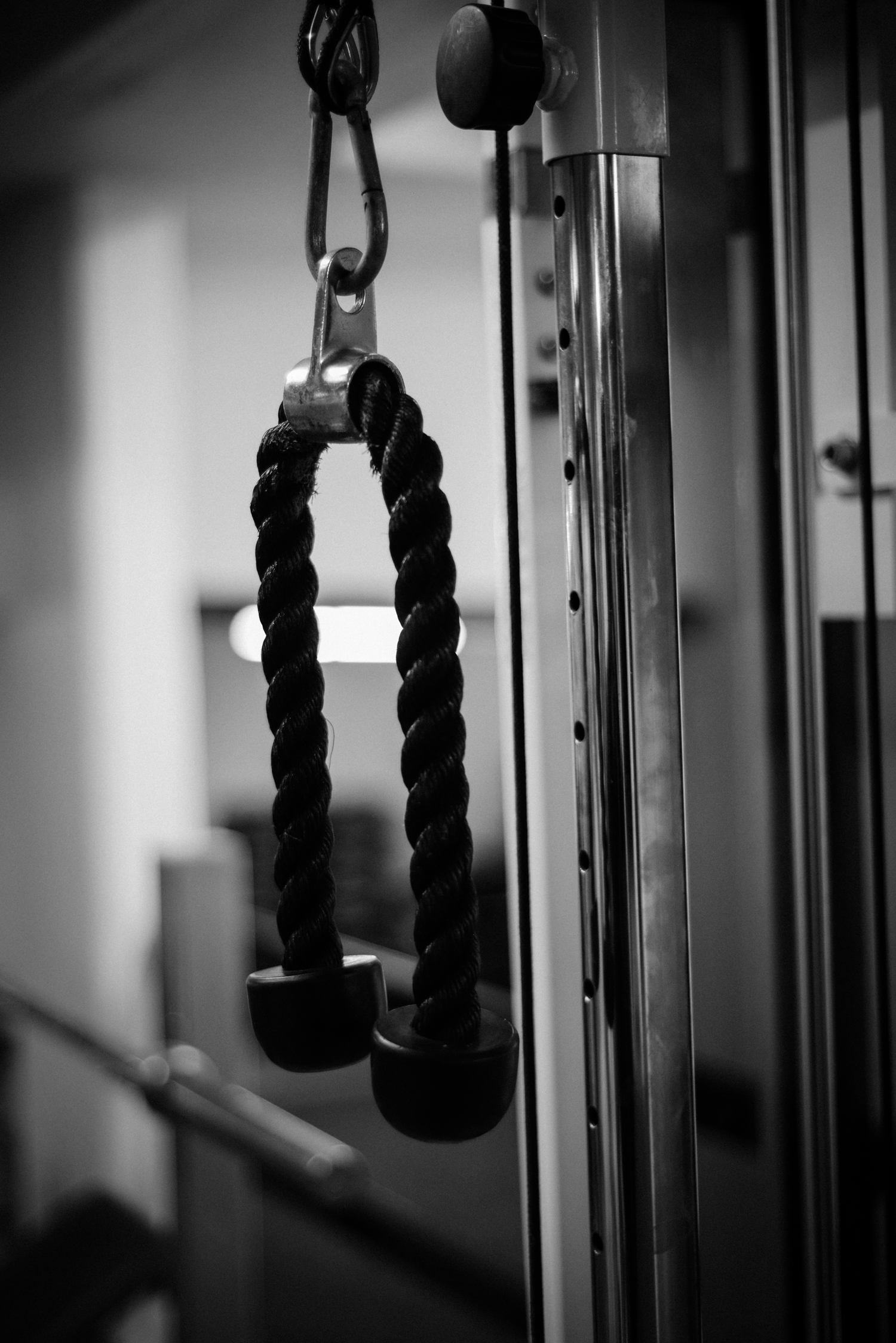
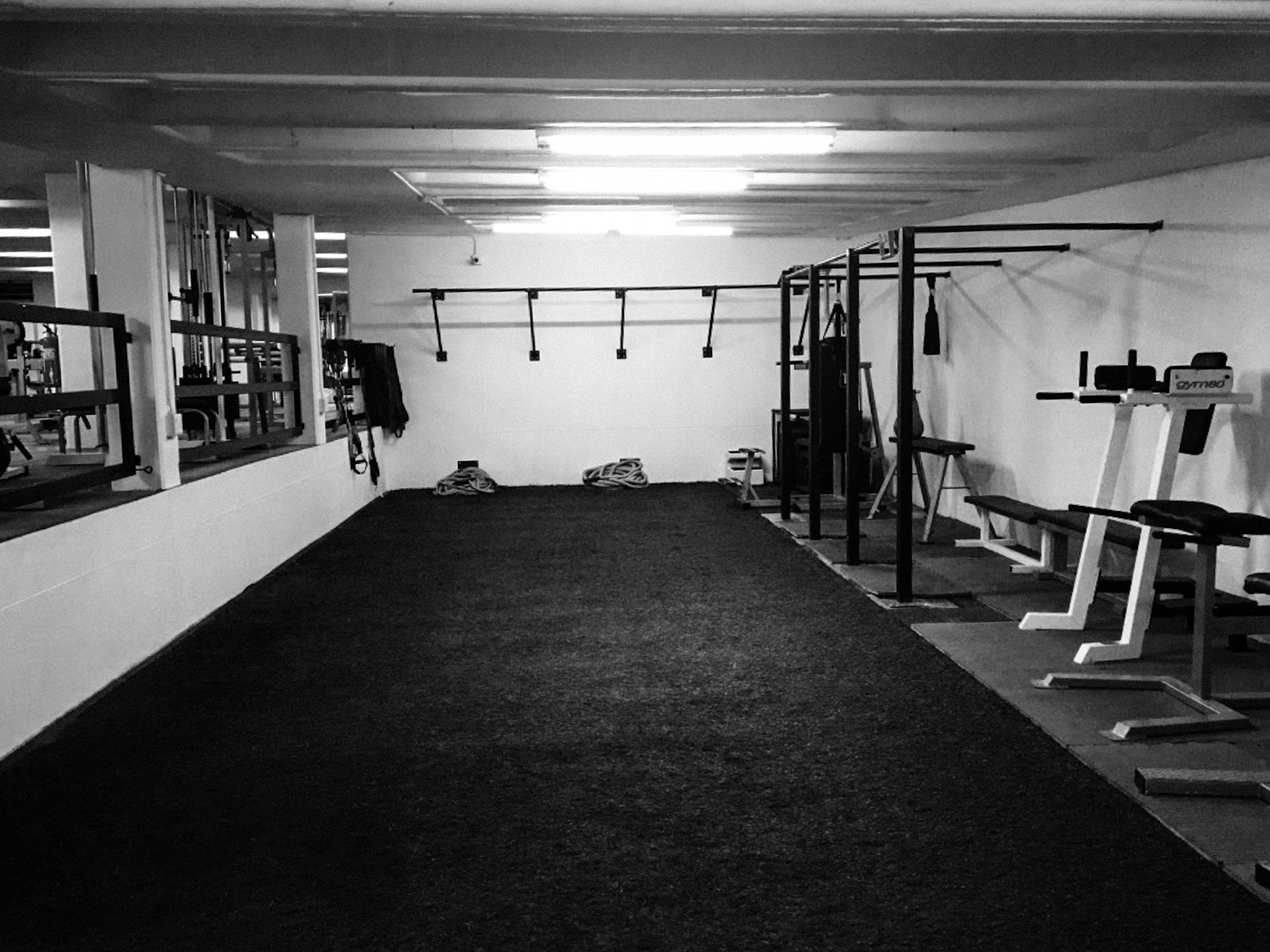

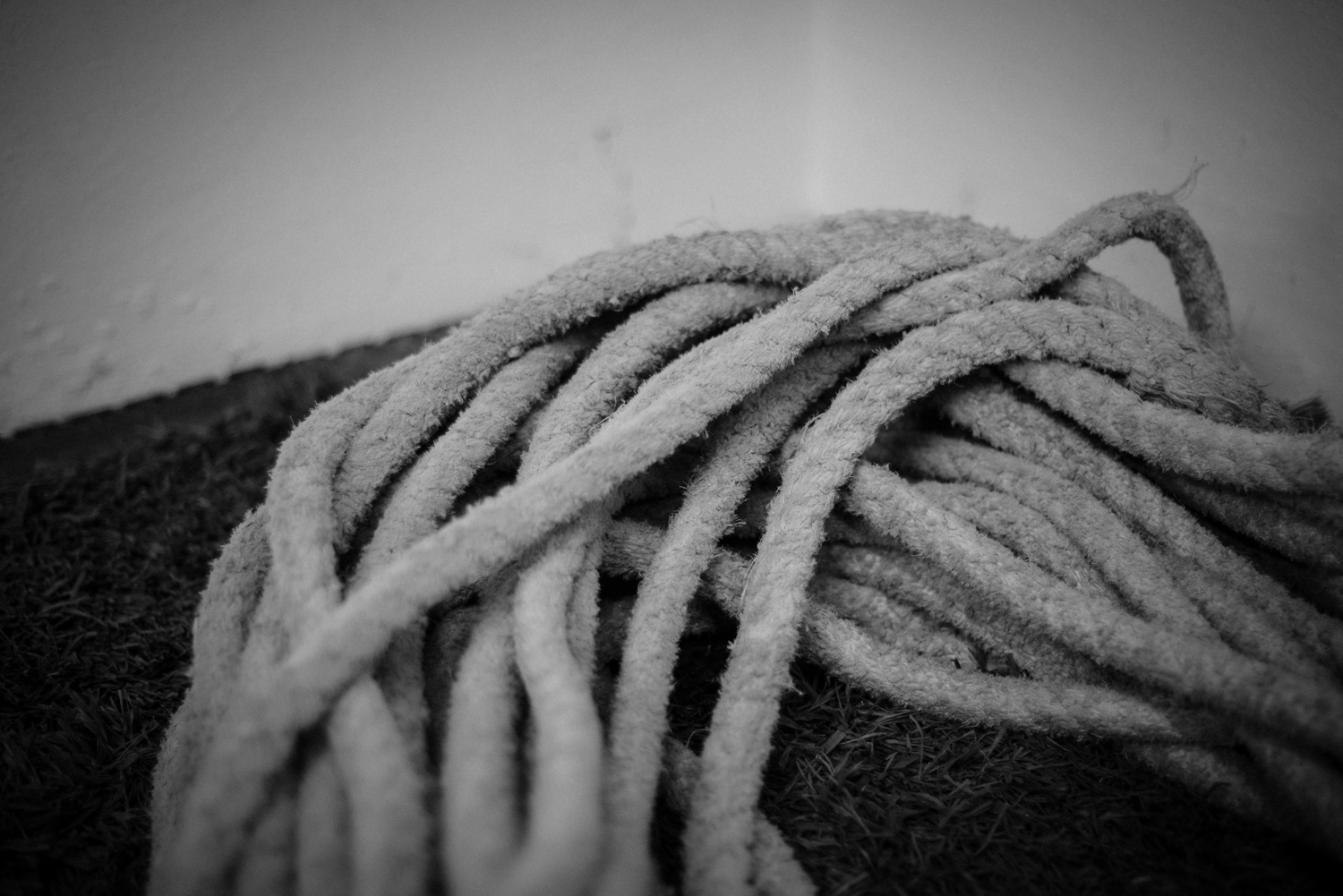

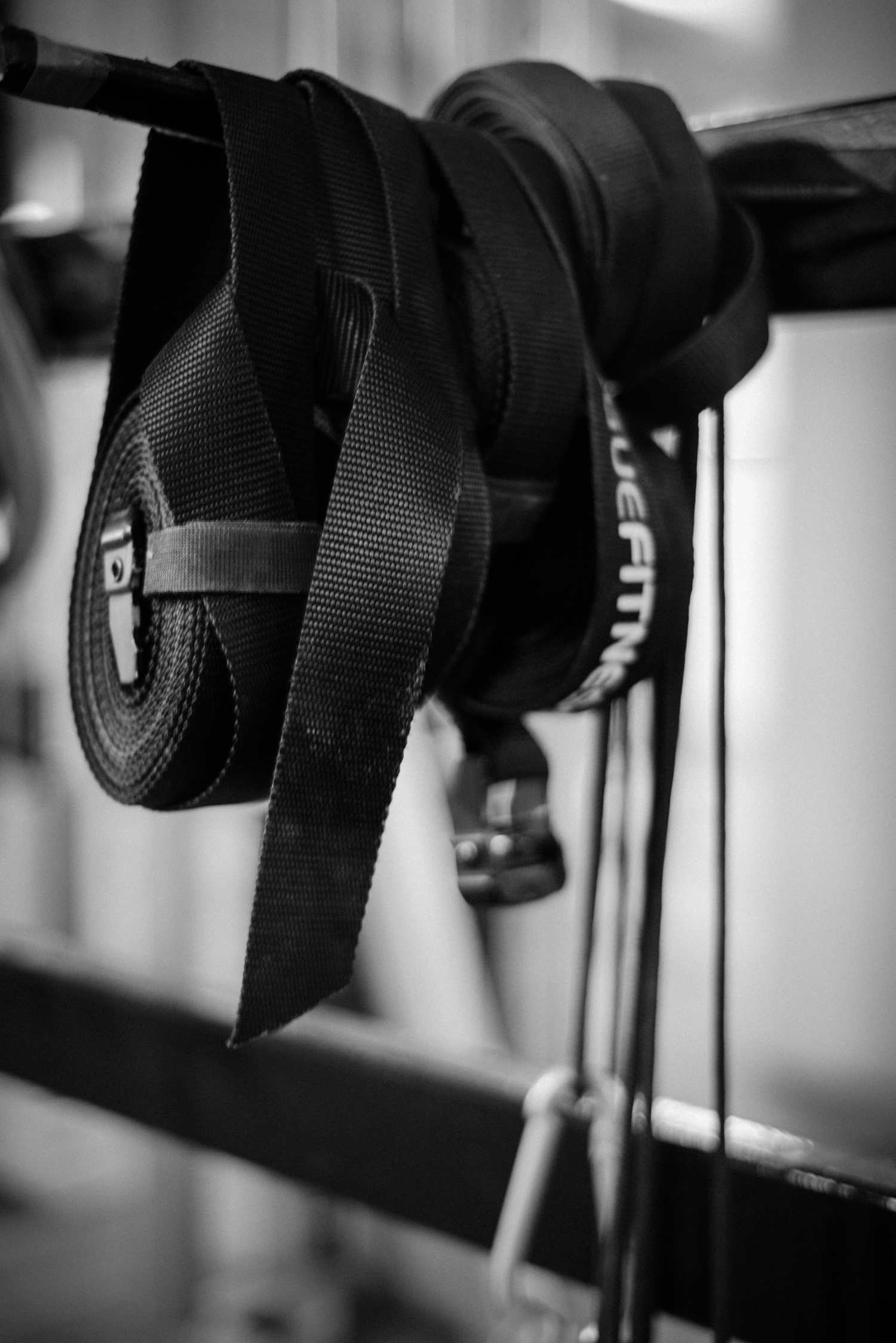
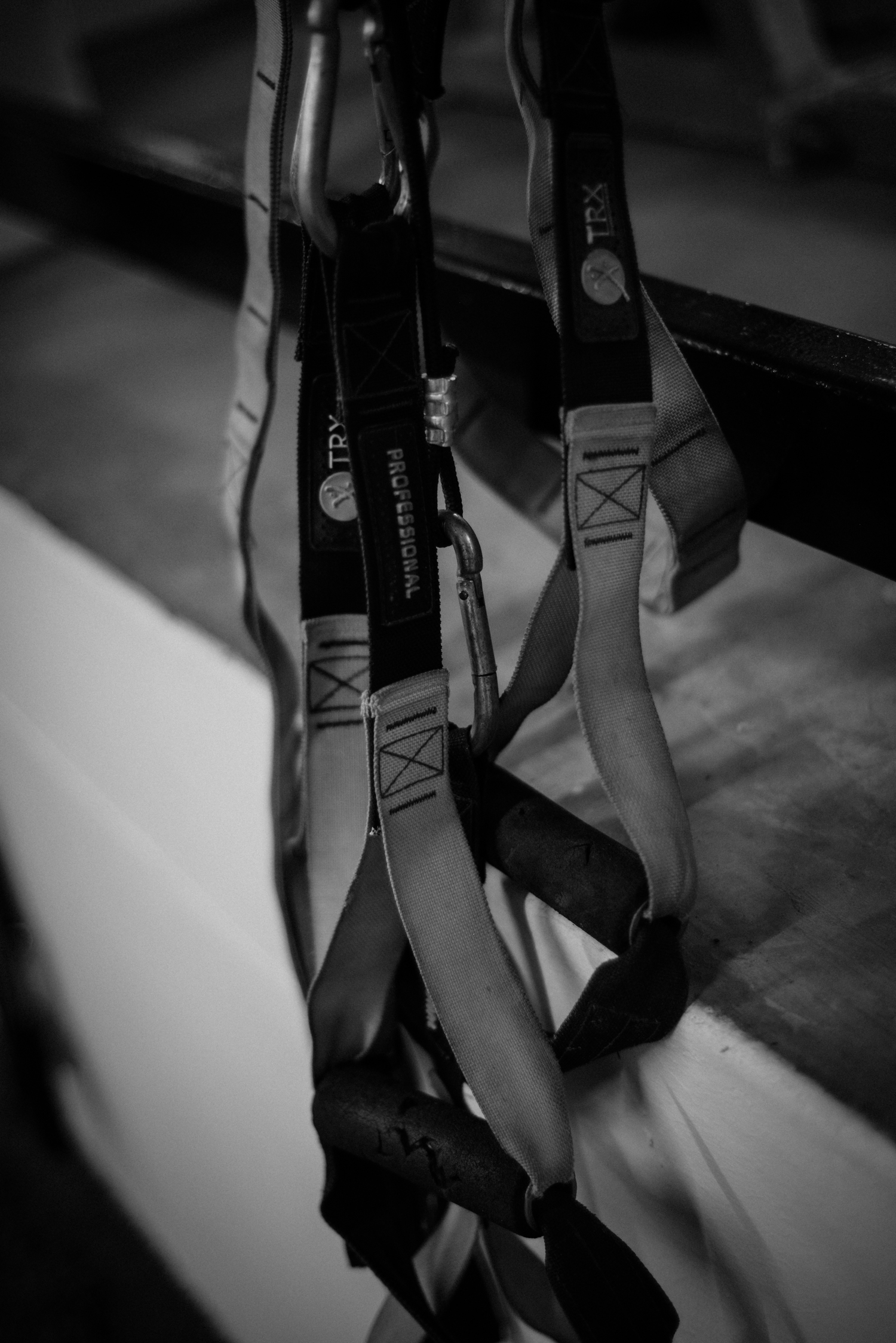



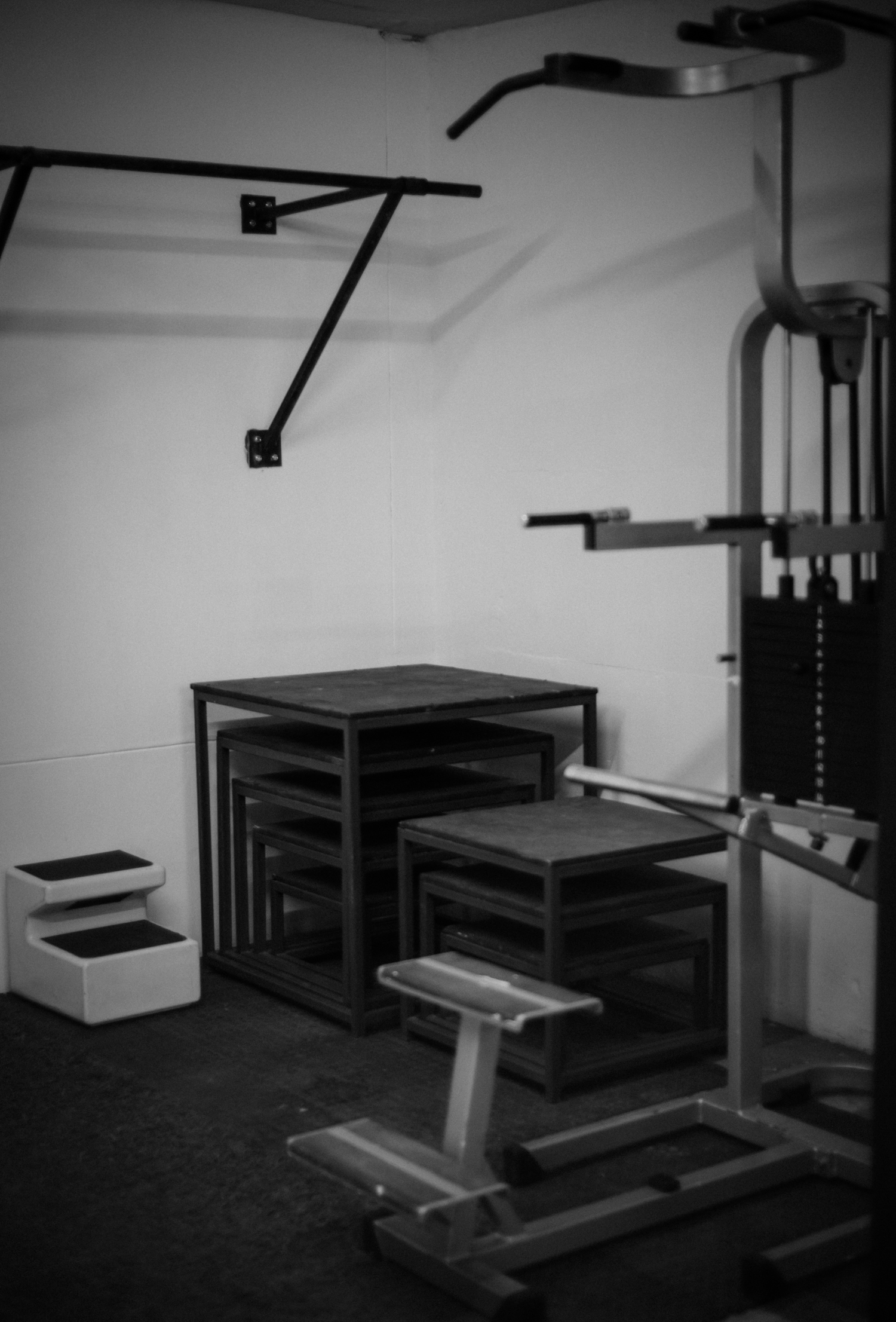
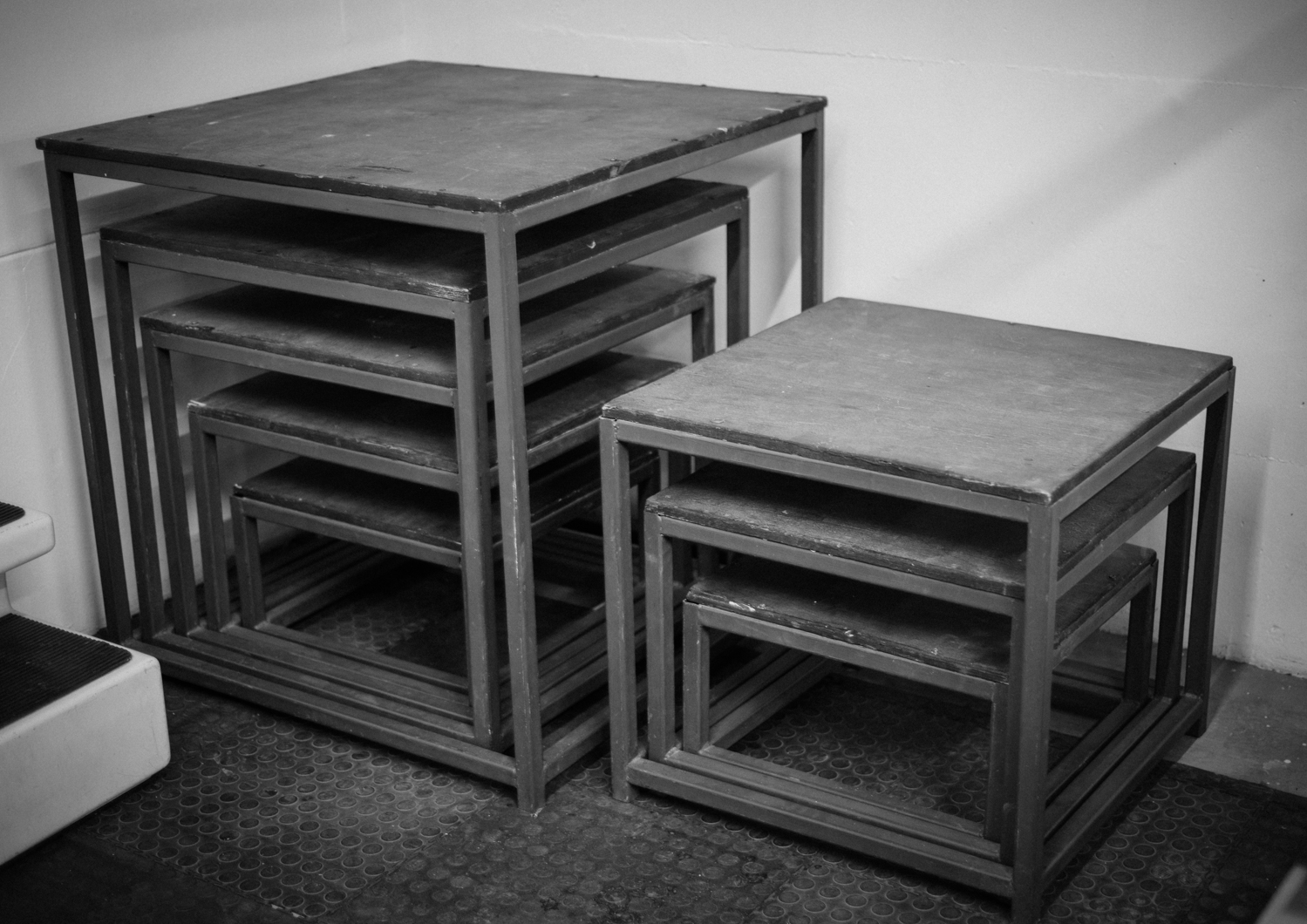
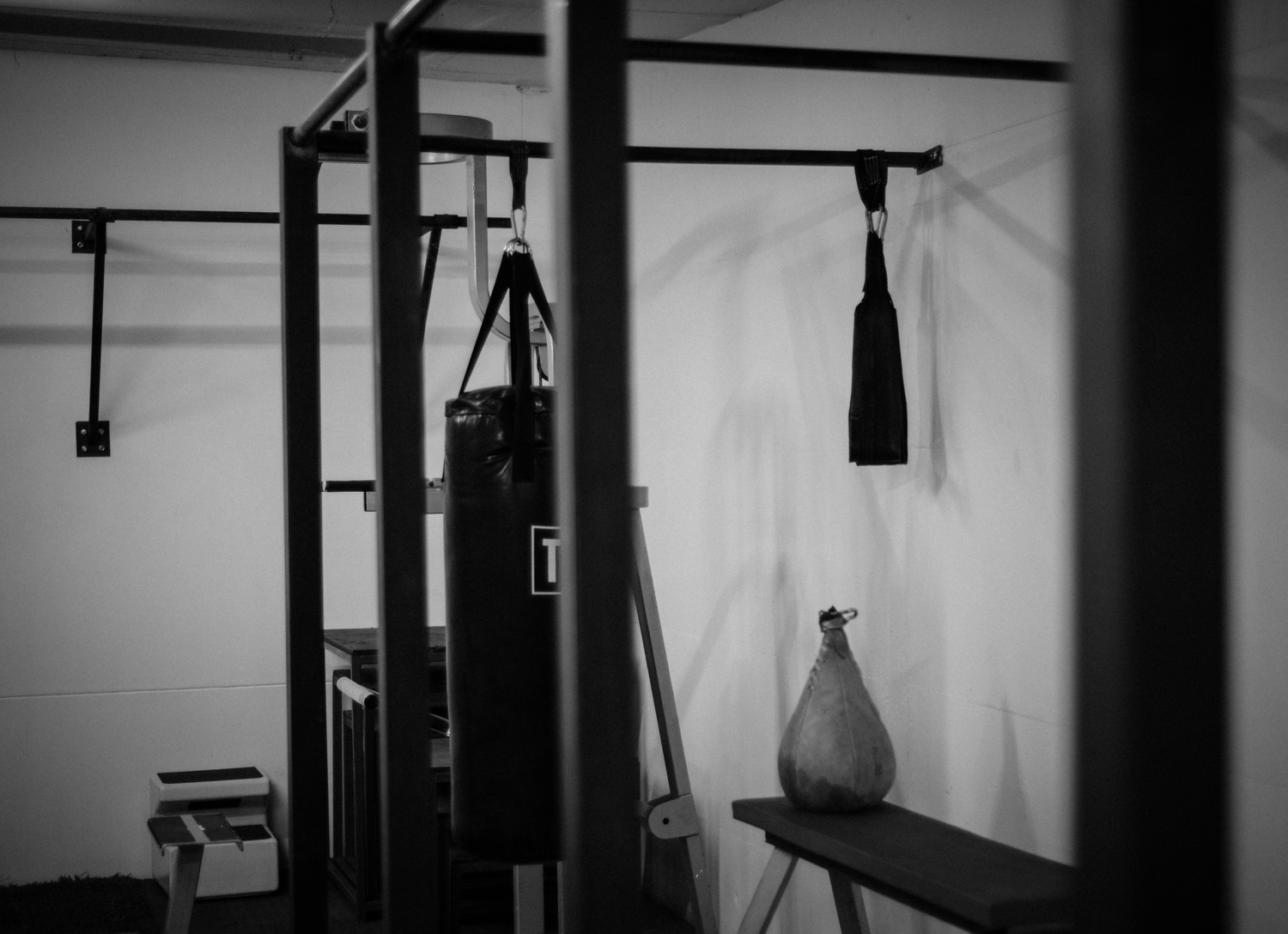
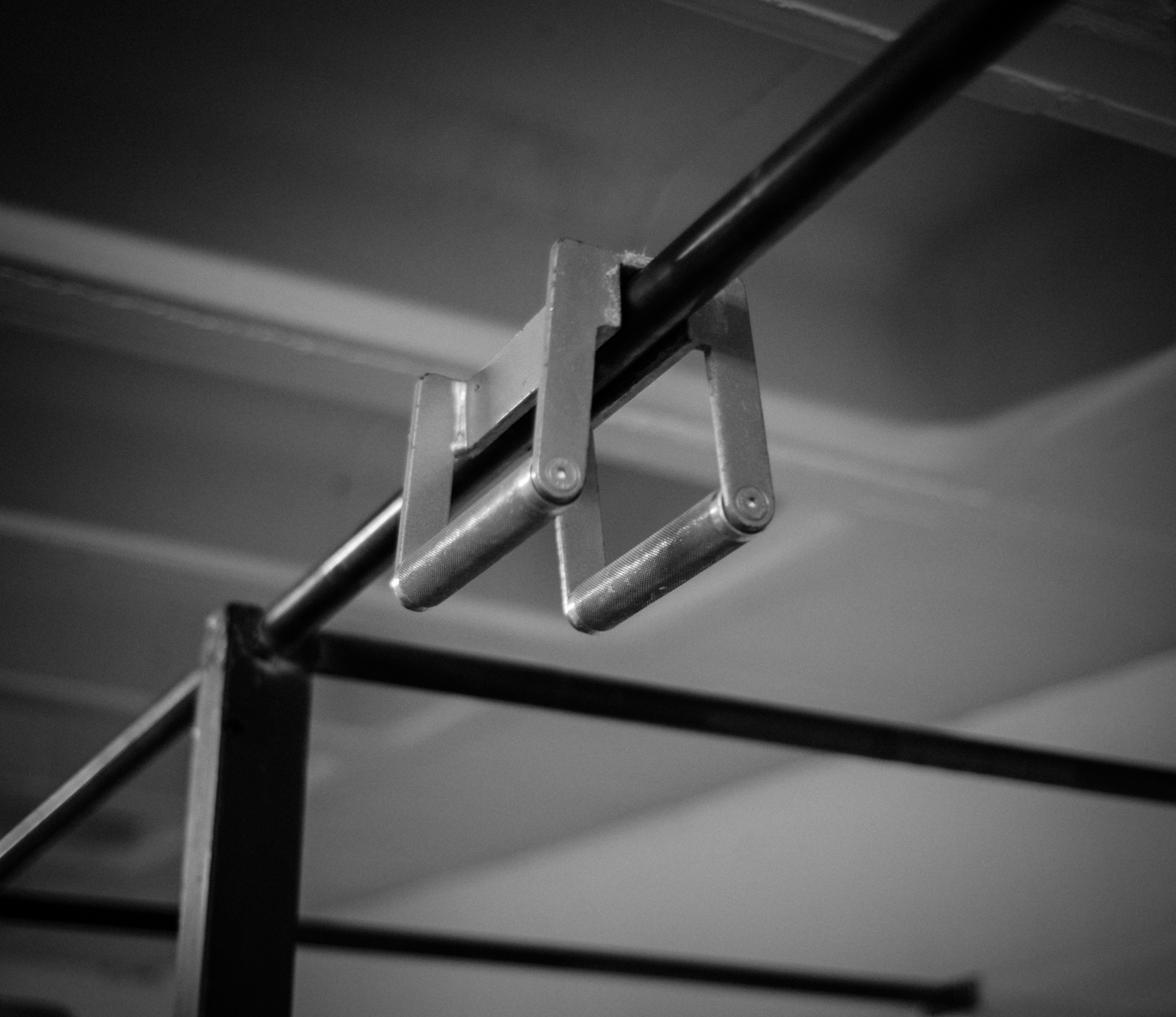
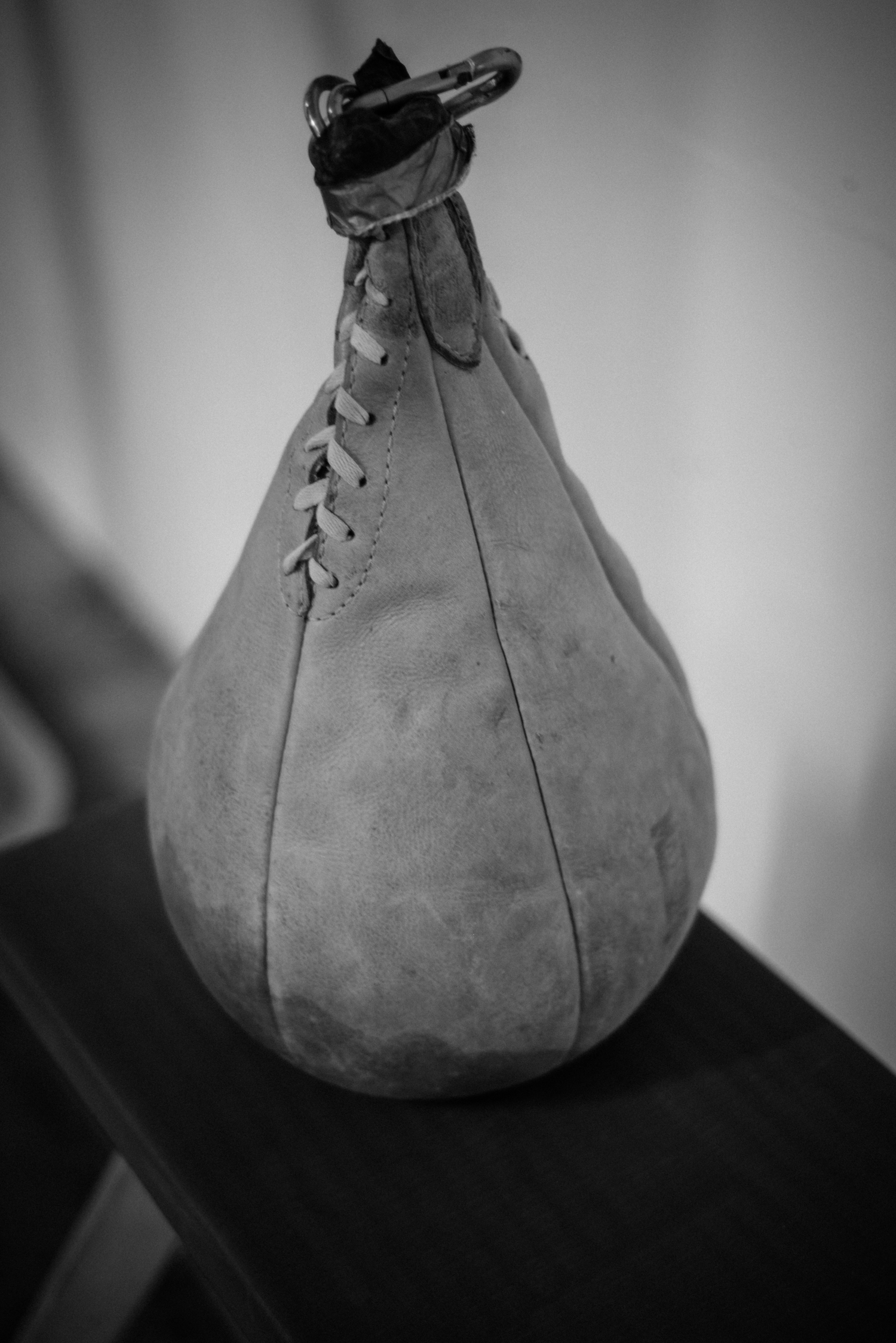
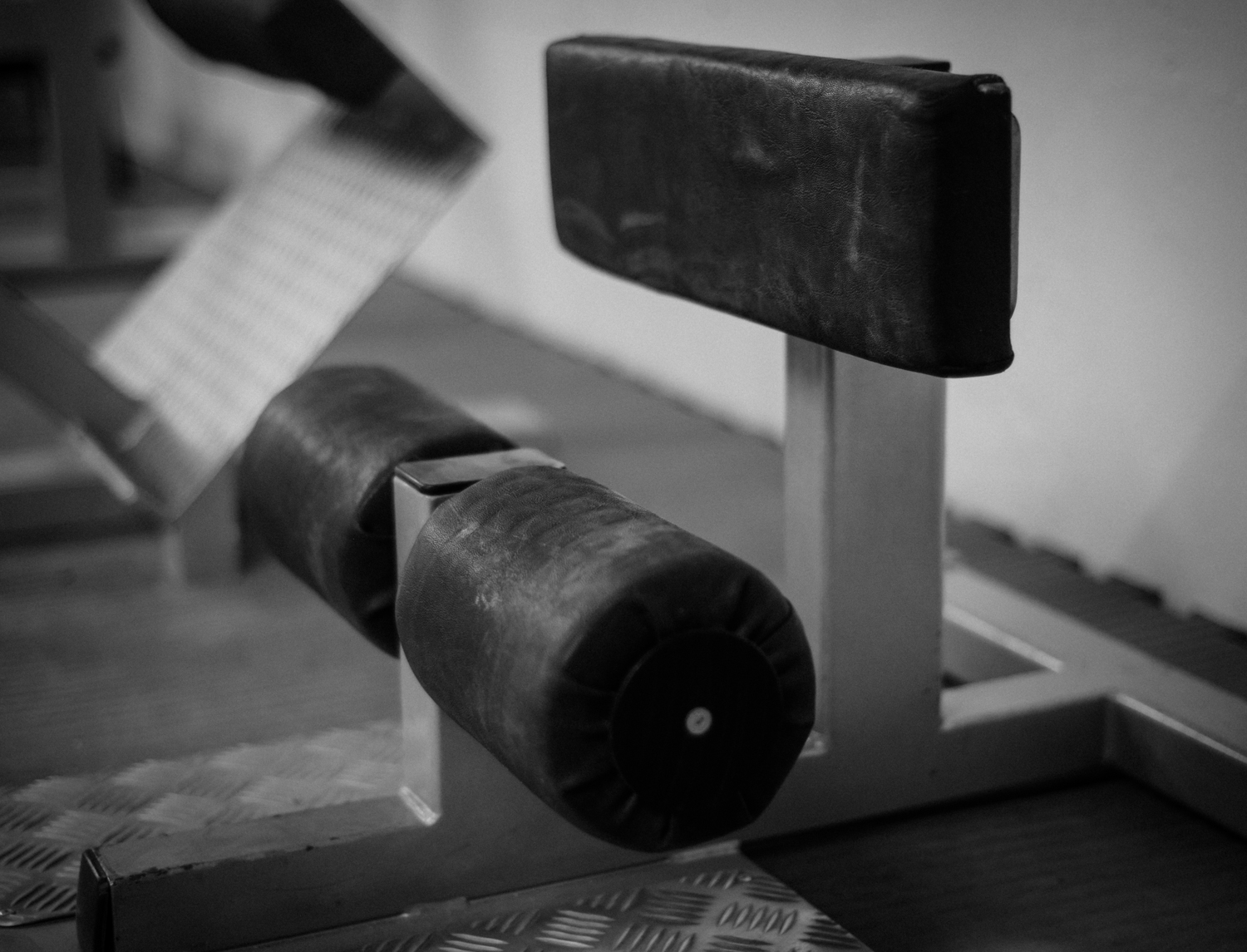
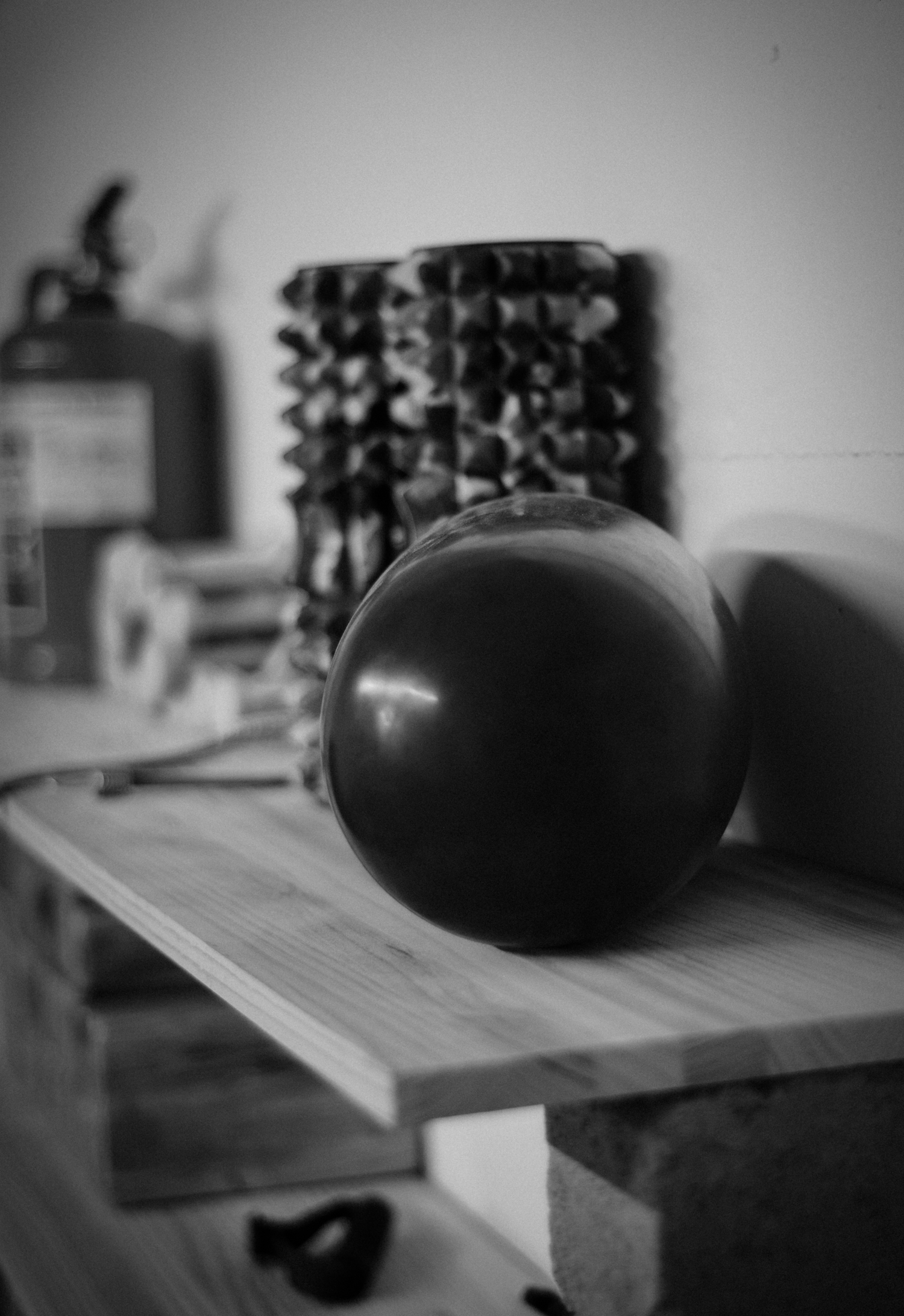
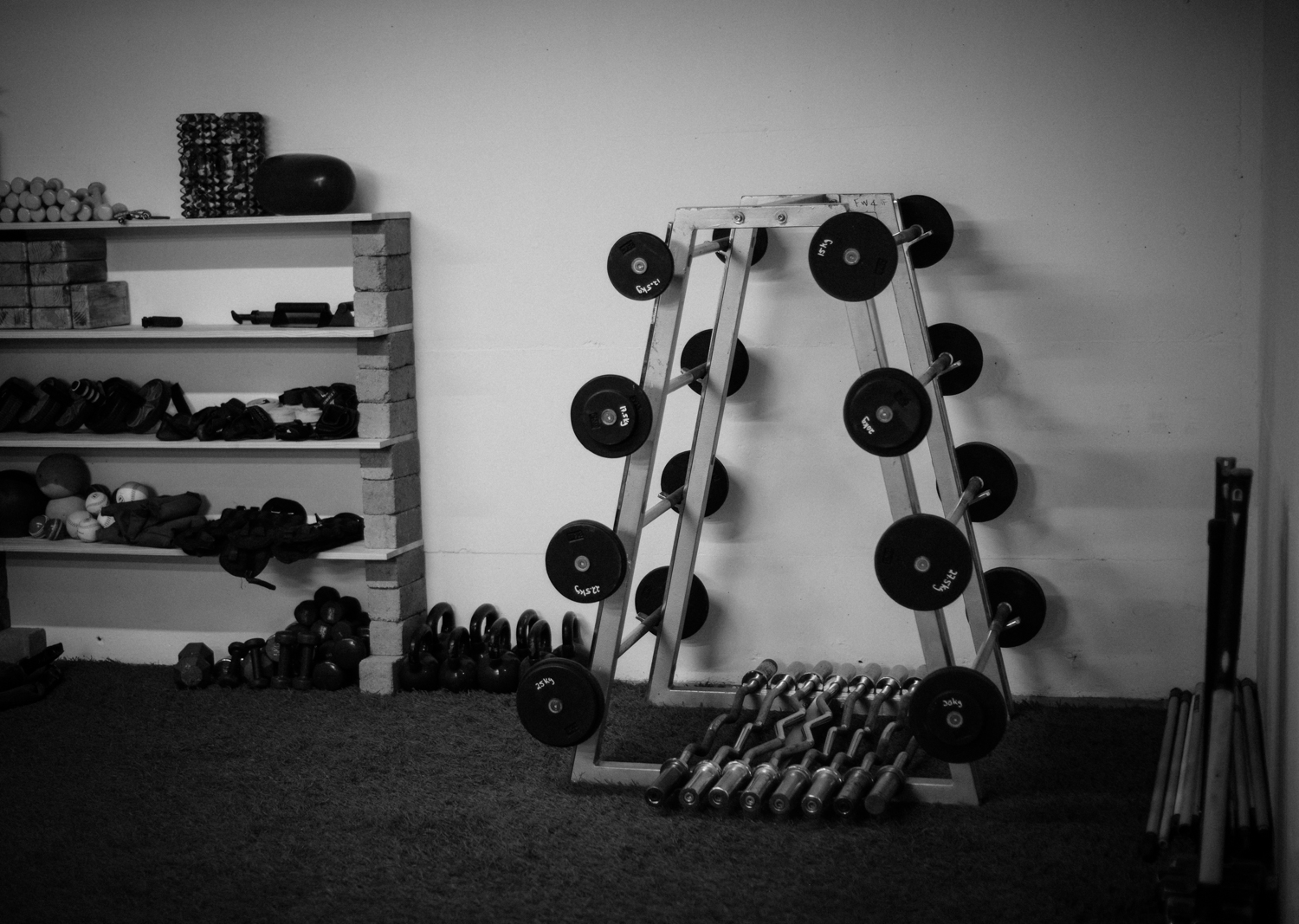
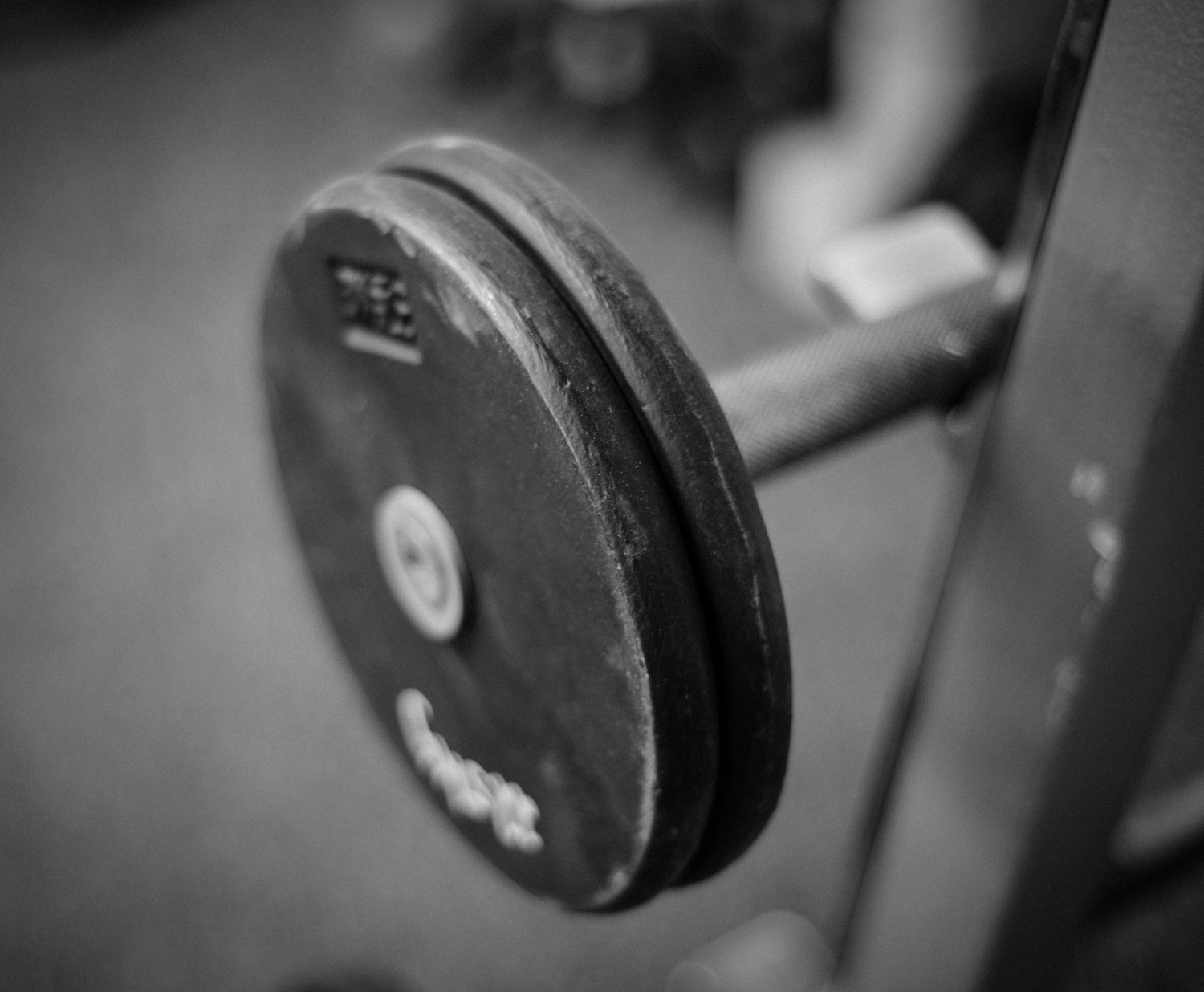
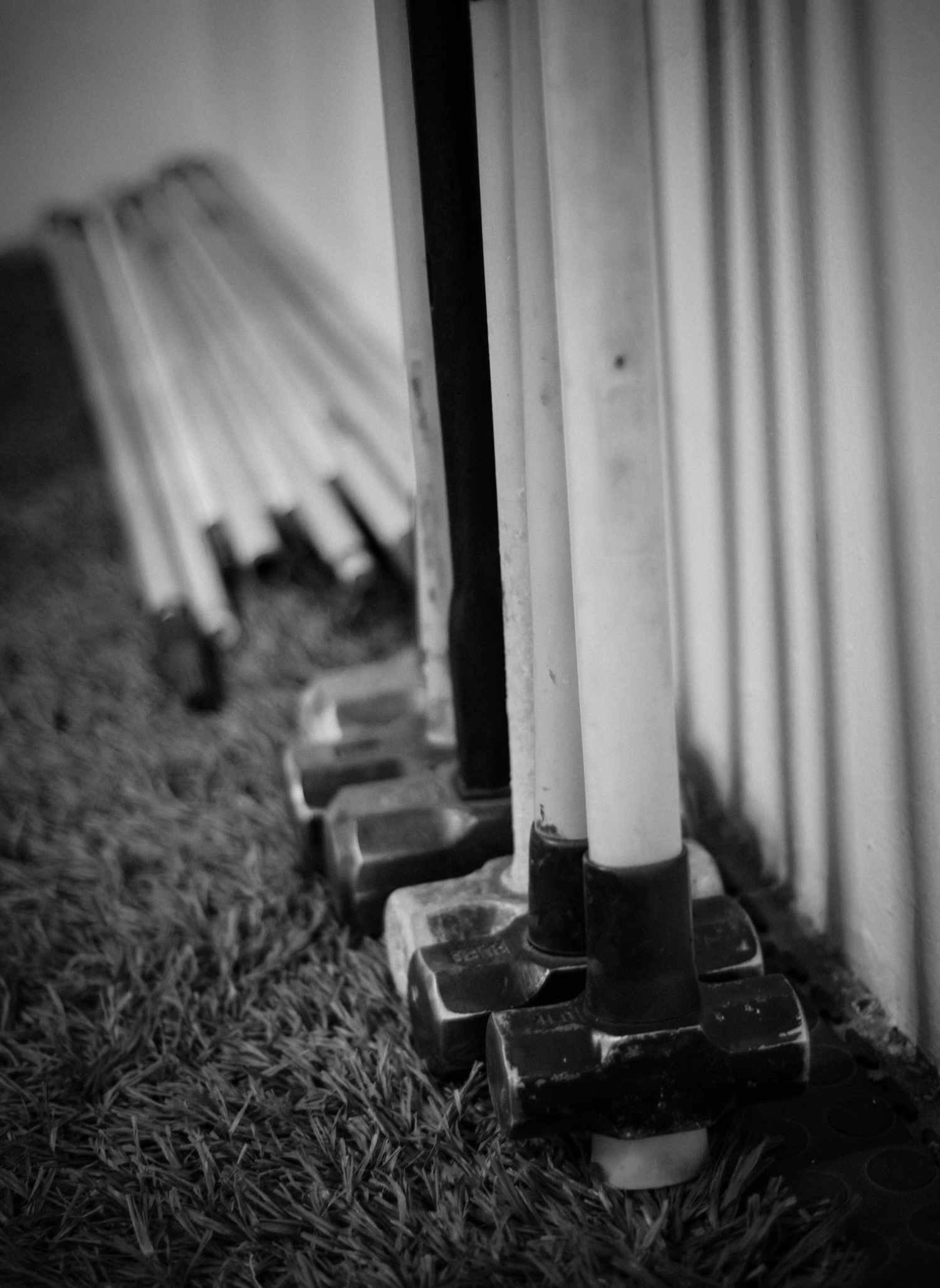
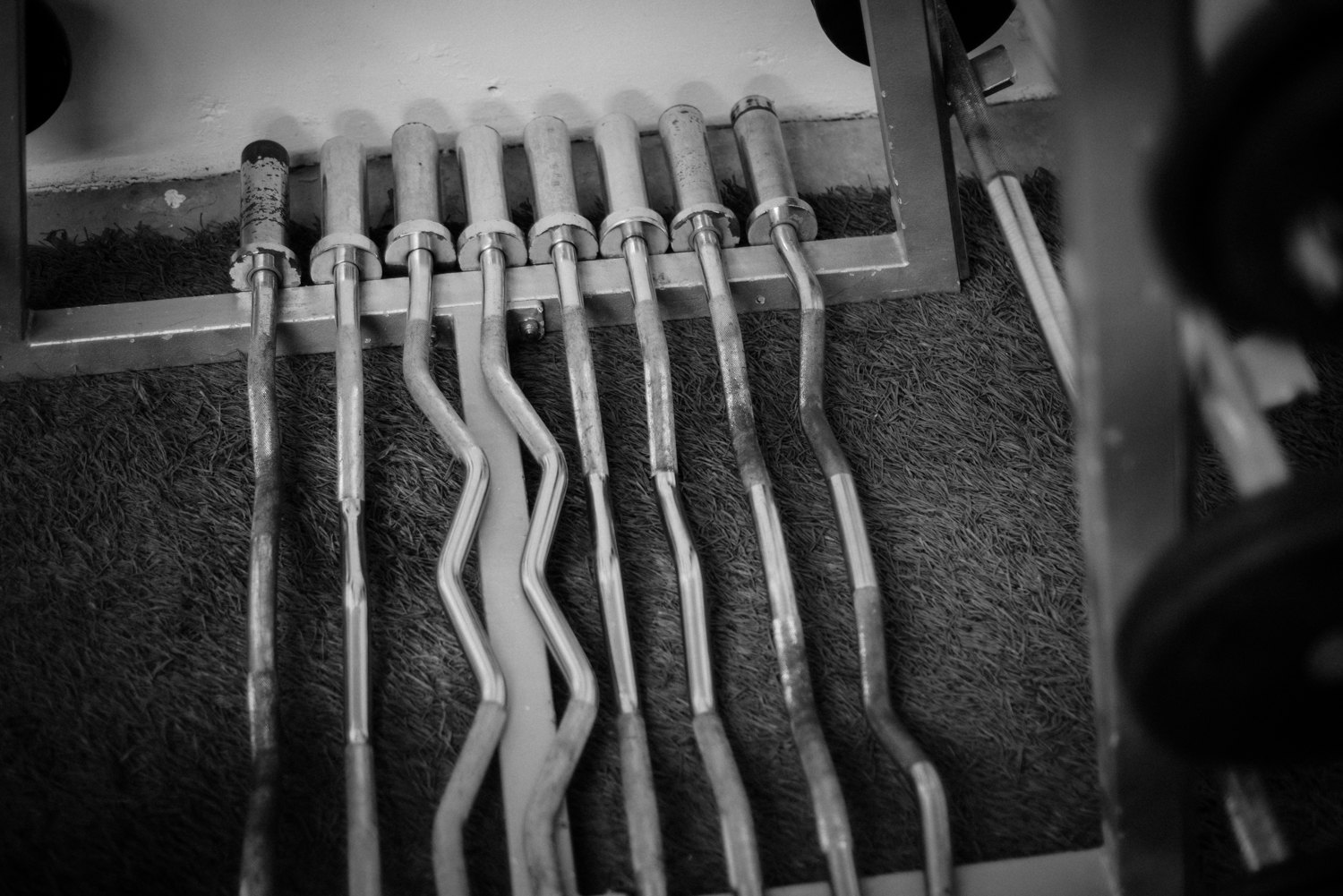
Images: To The Stars. © Rémy Ngamije, Windhoek, 2022.
